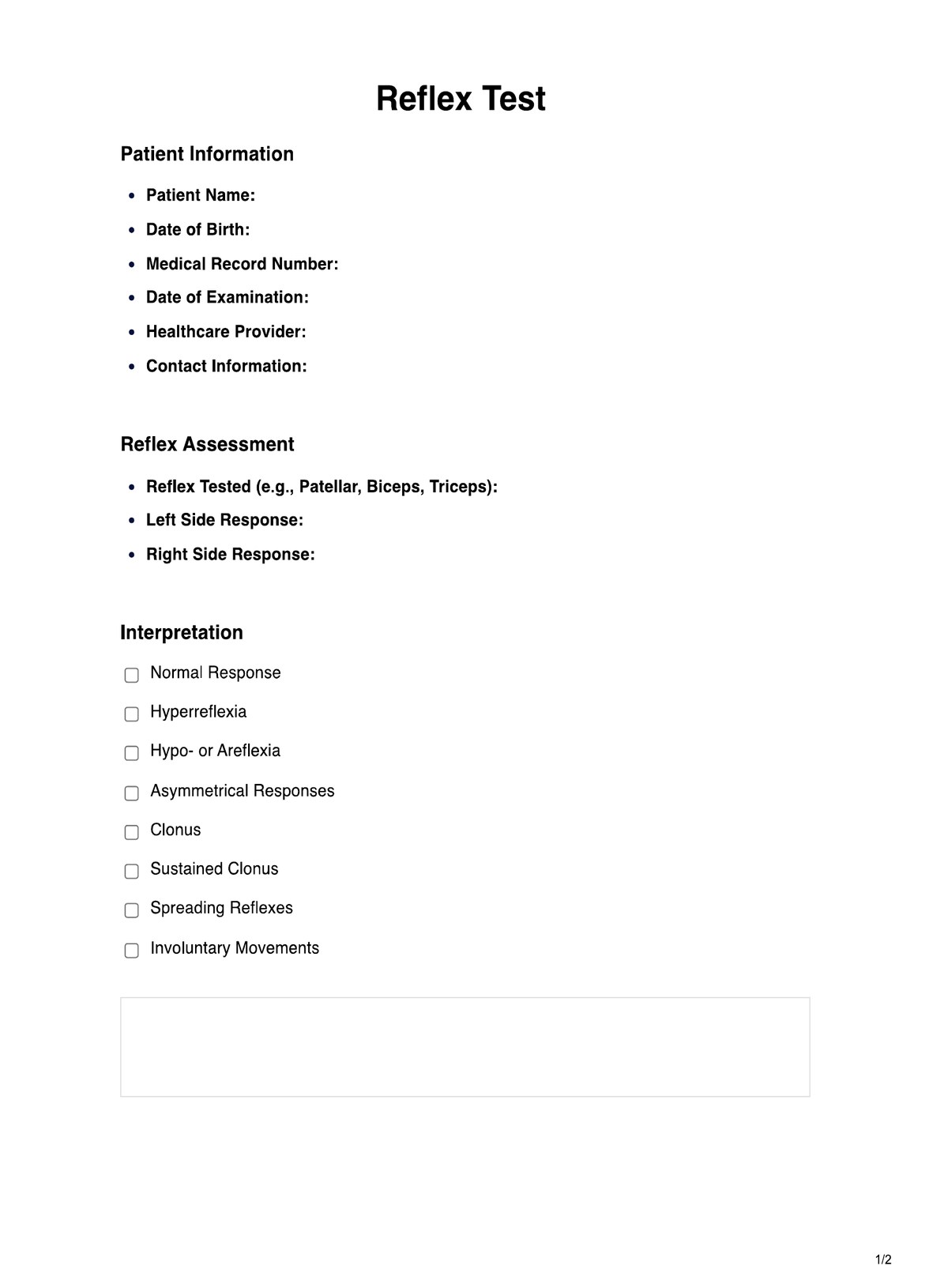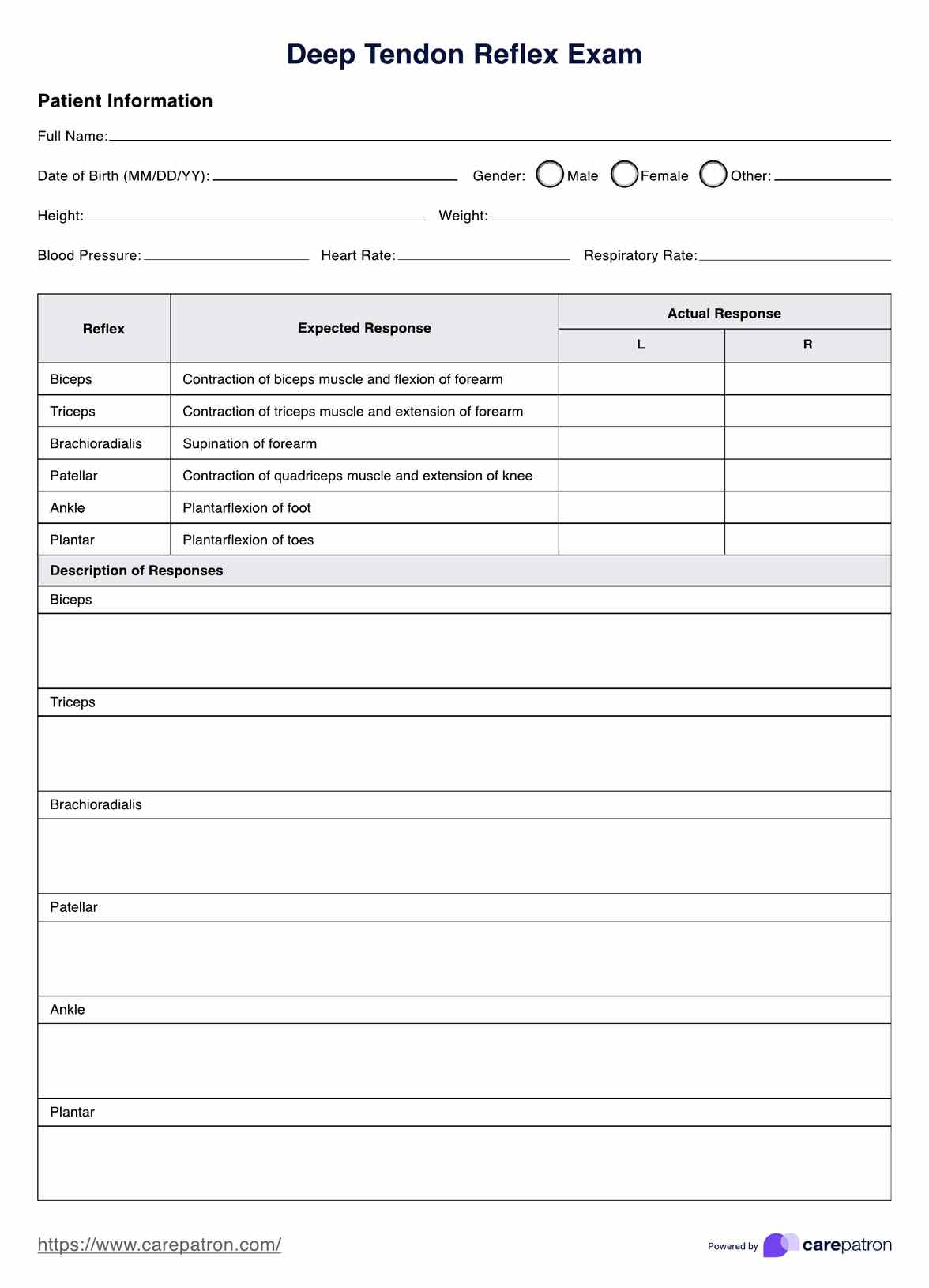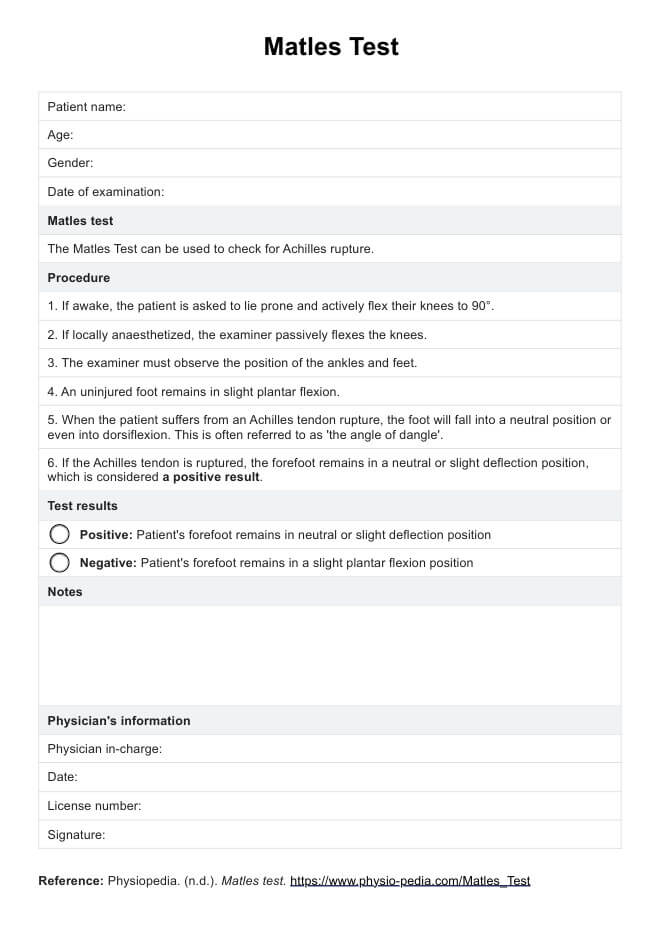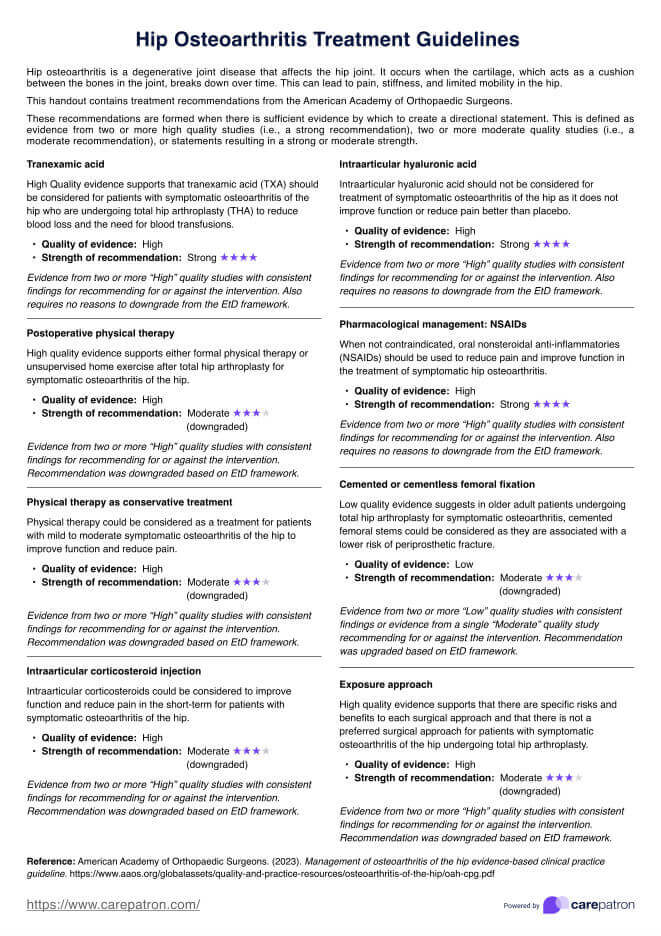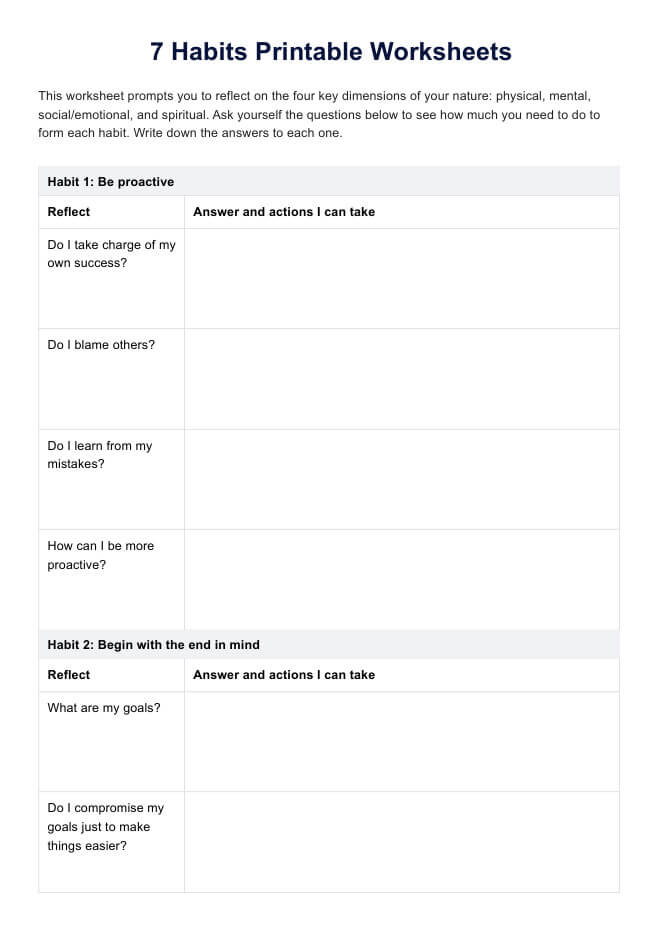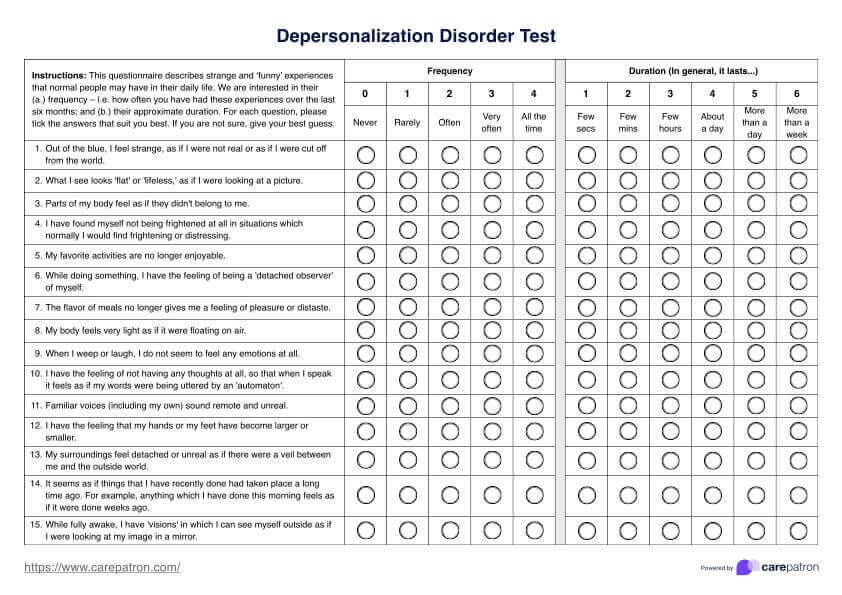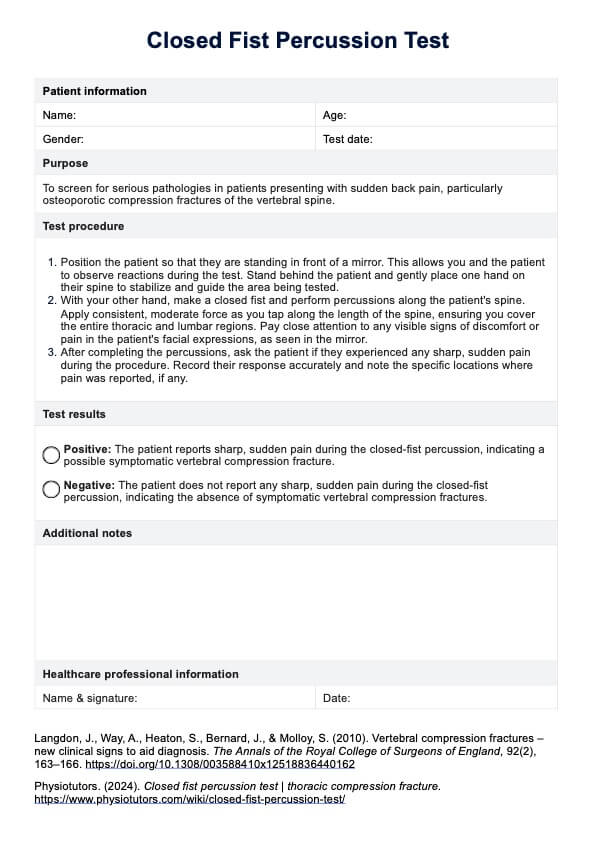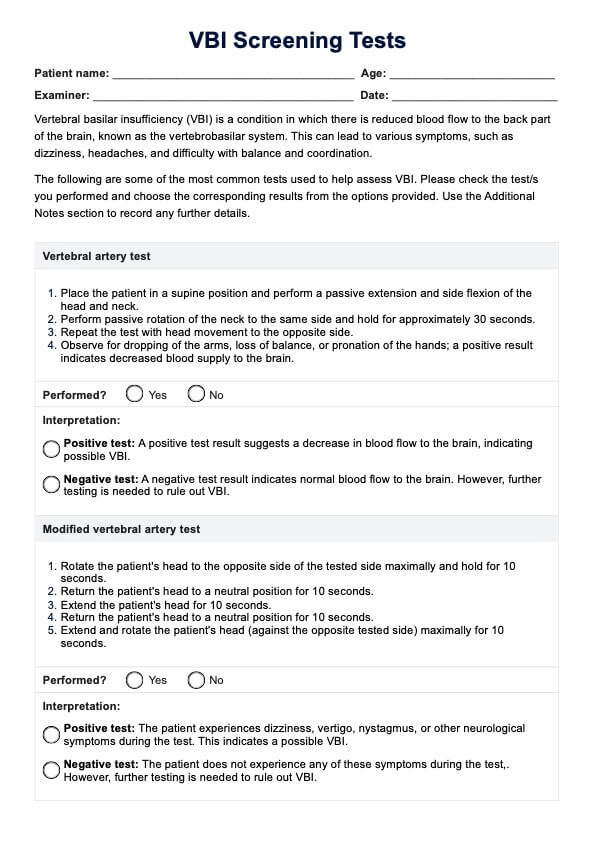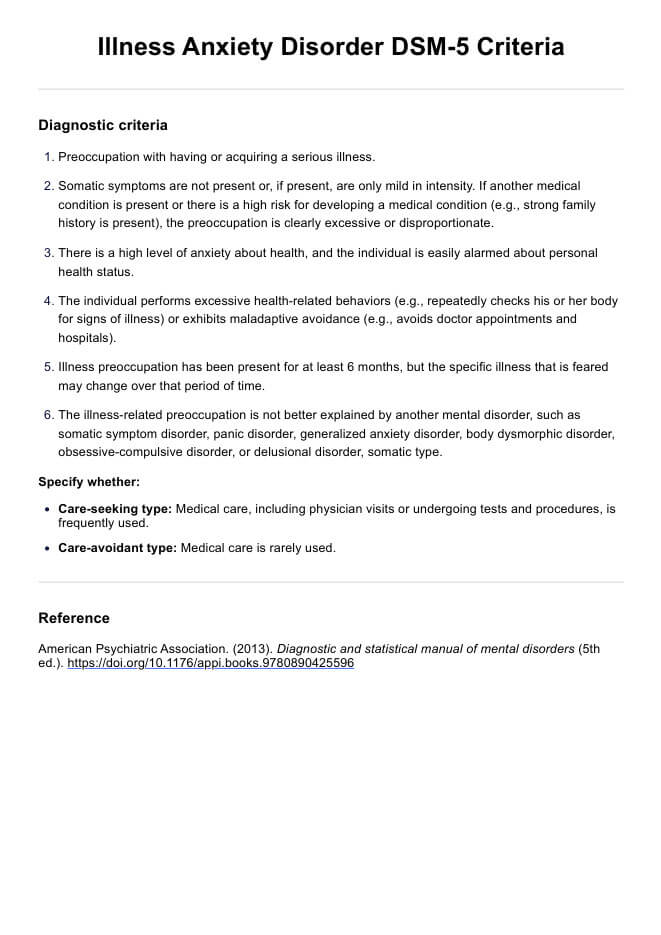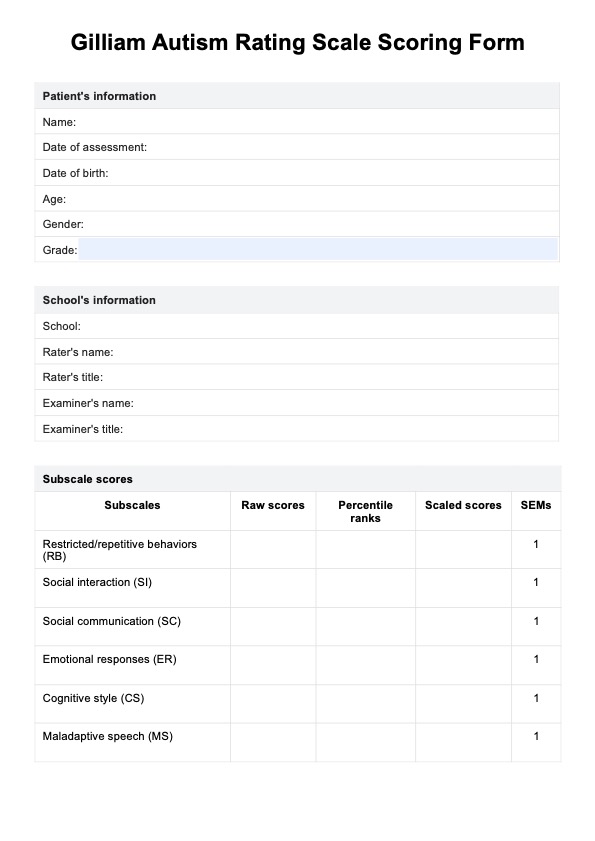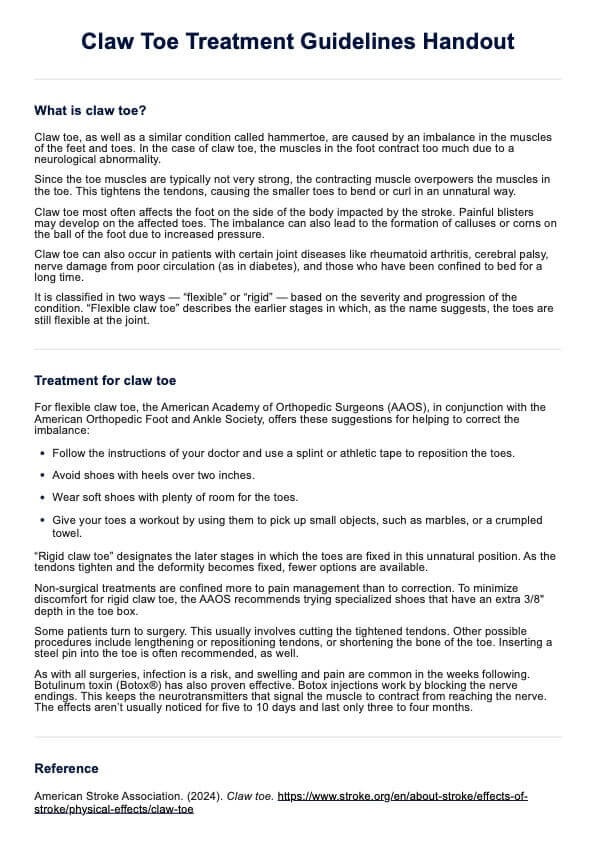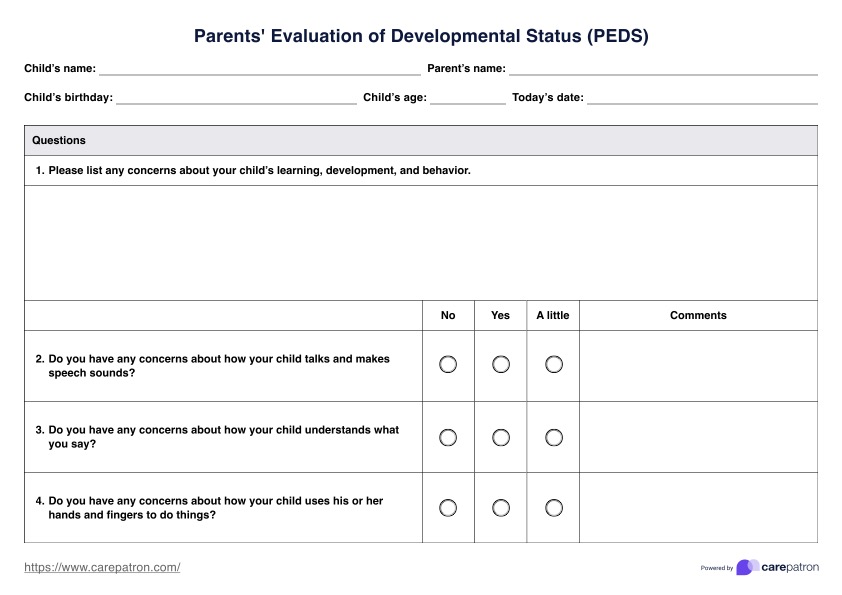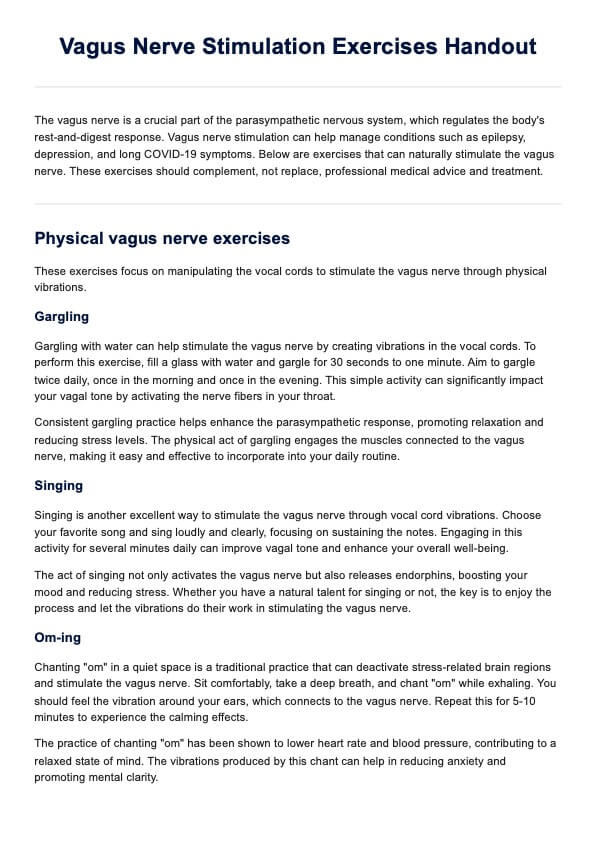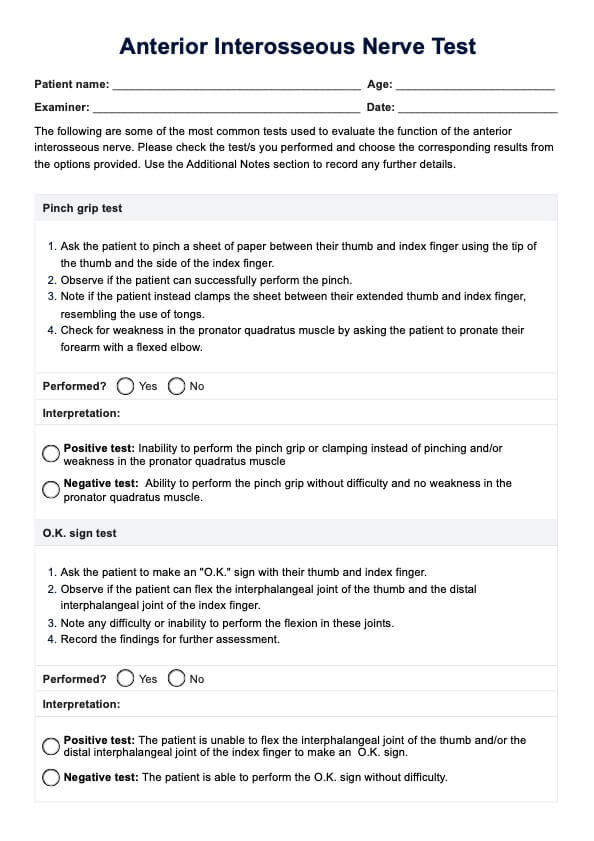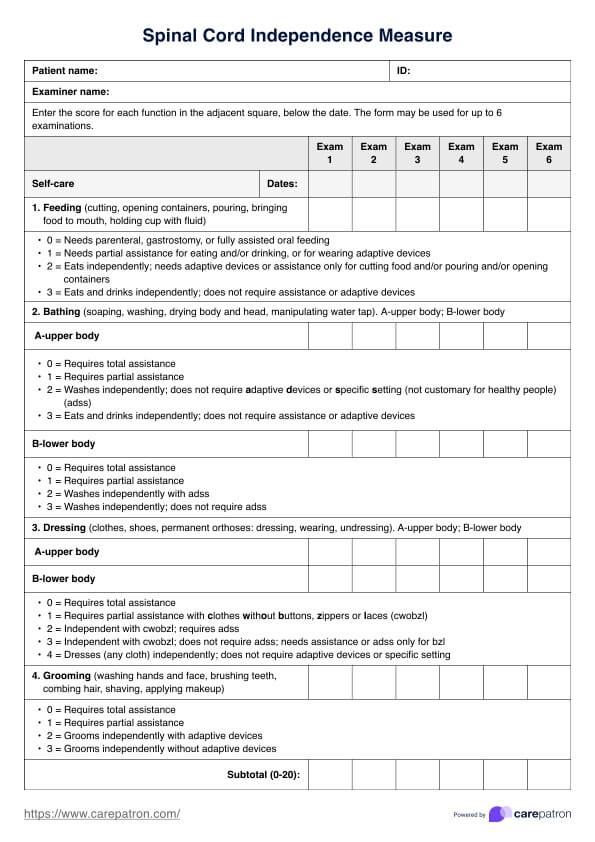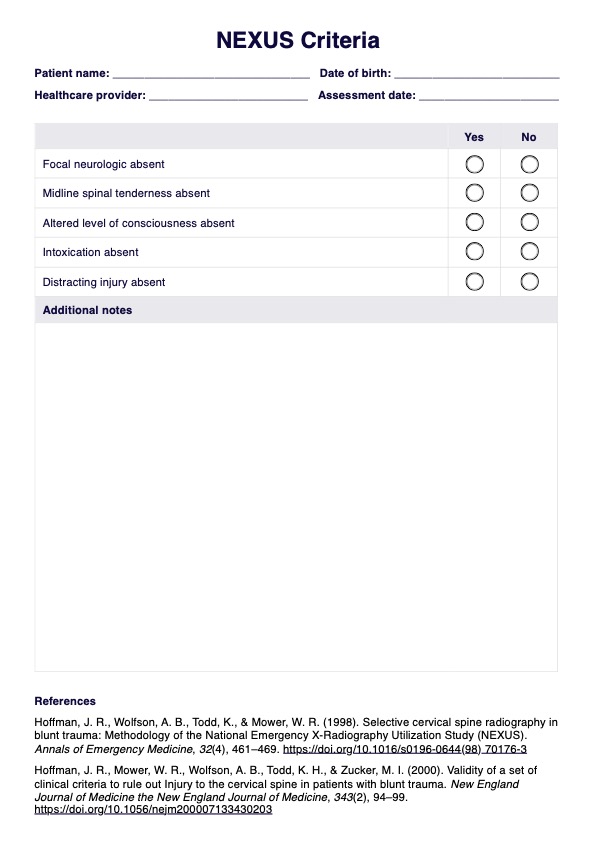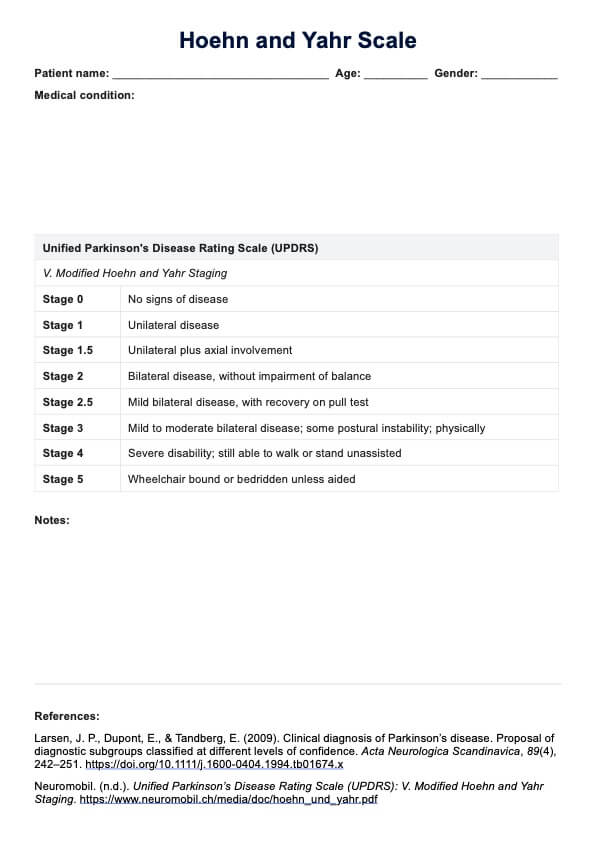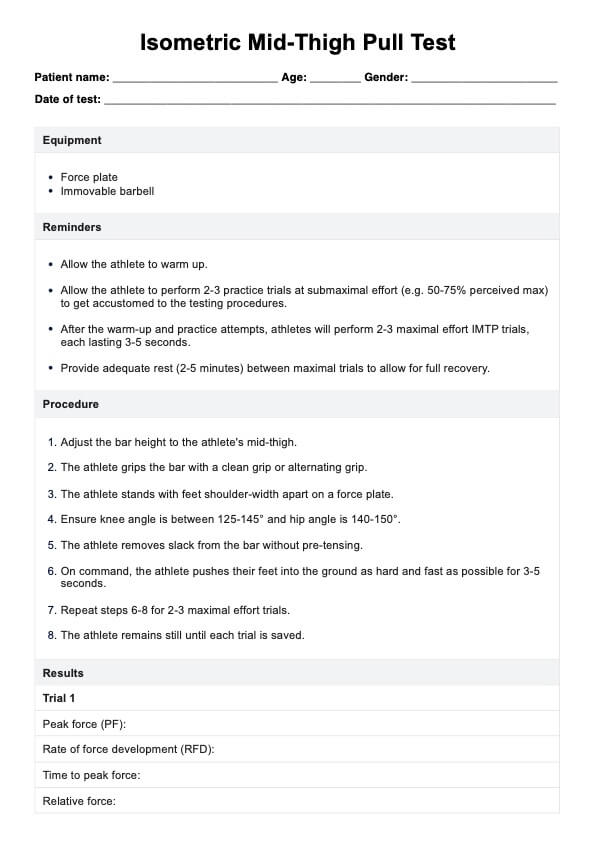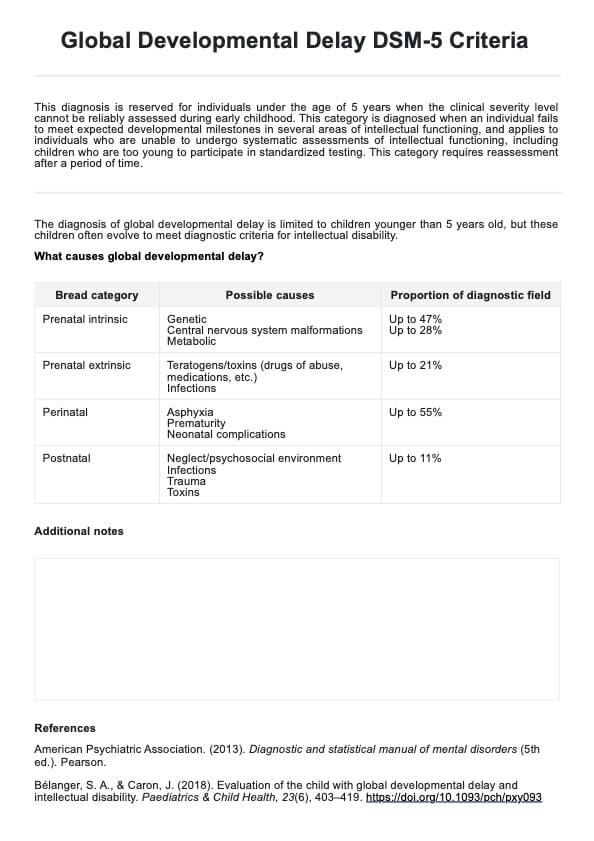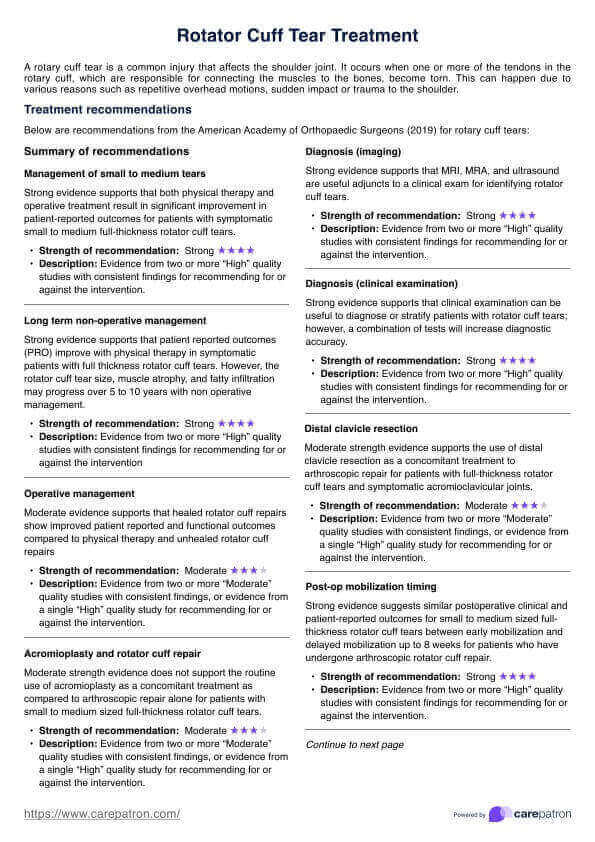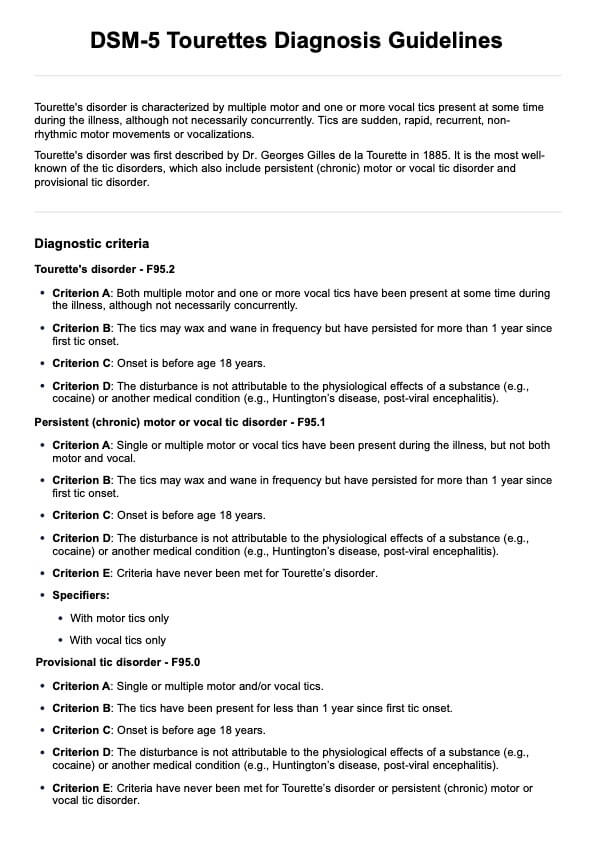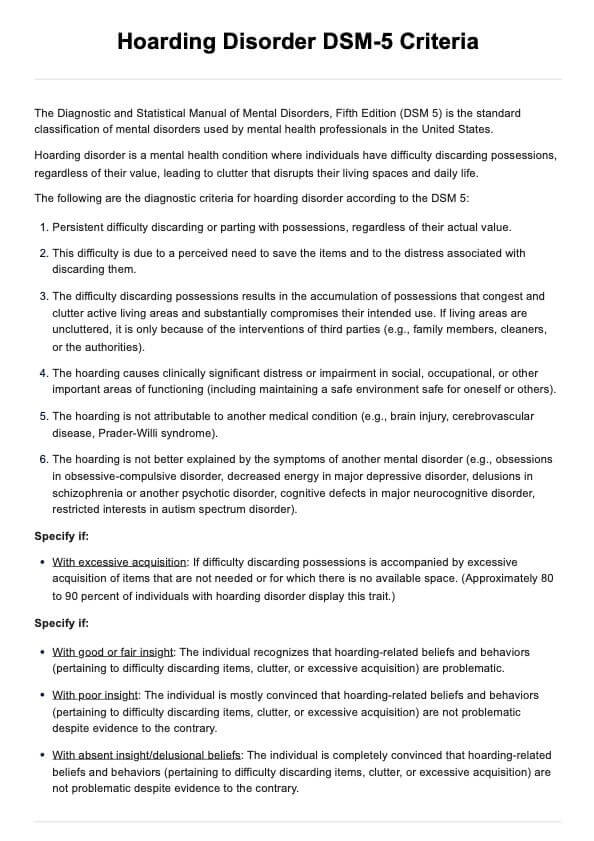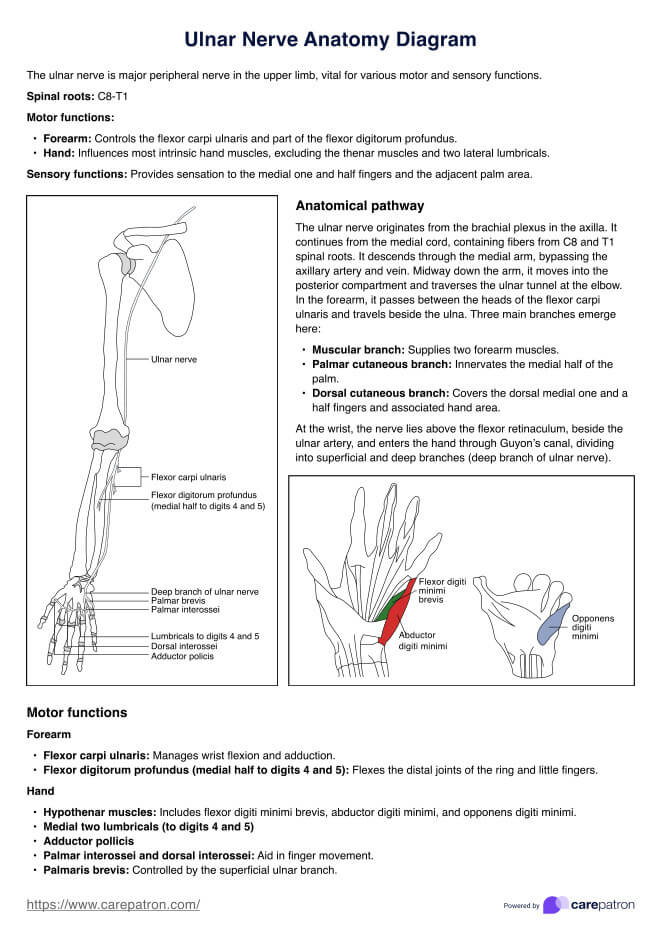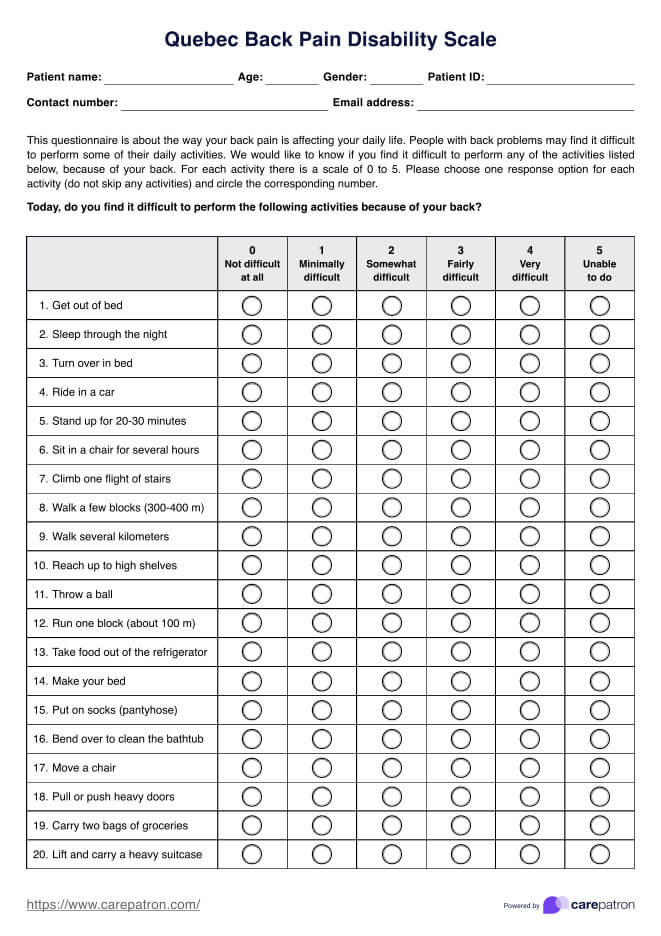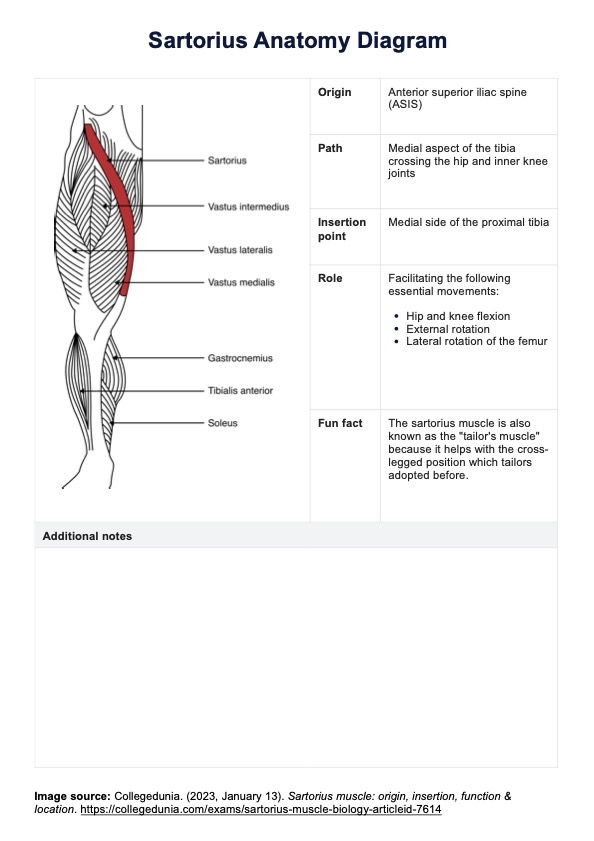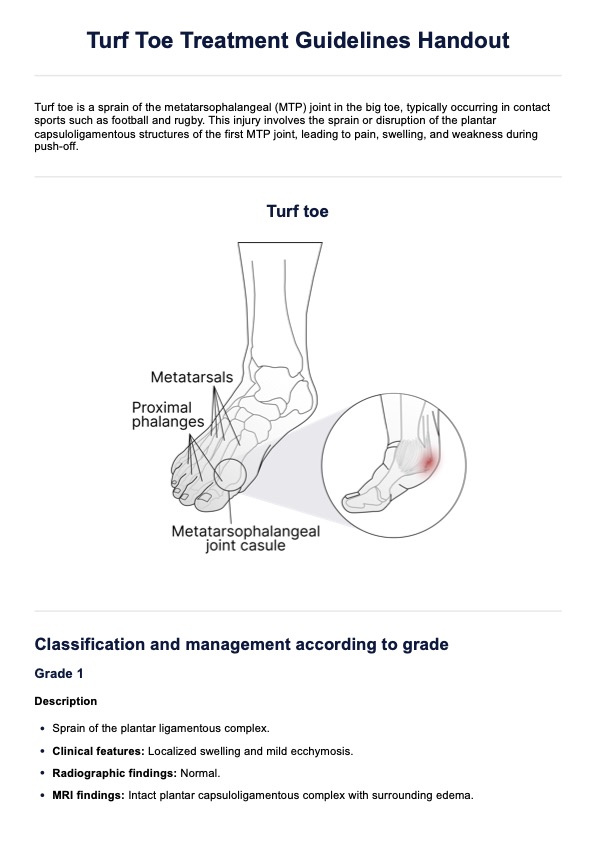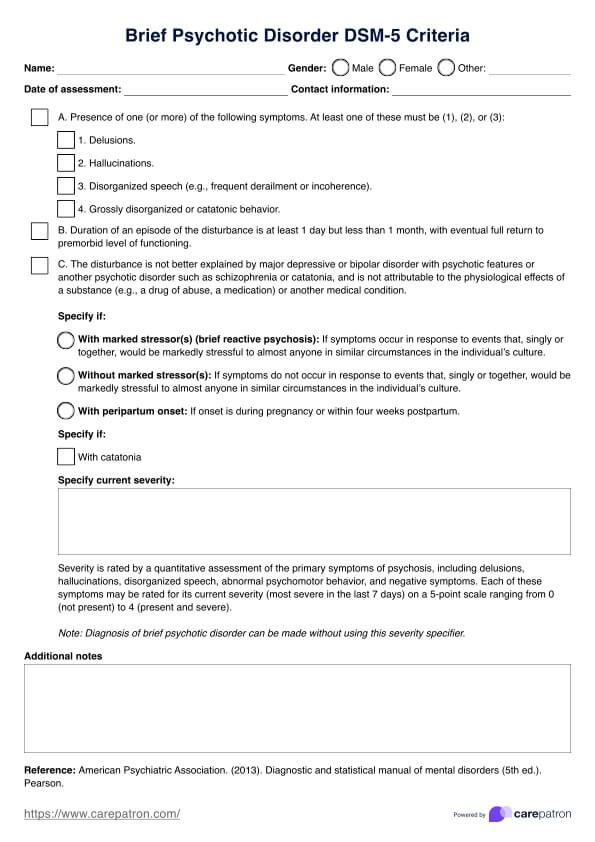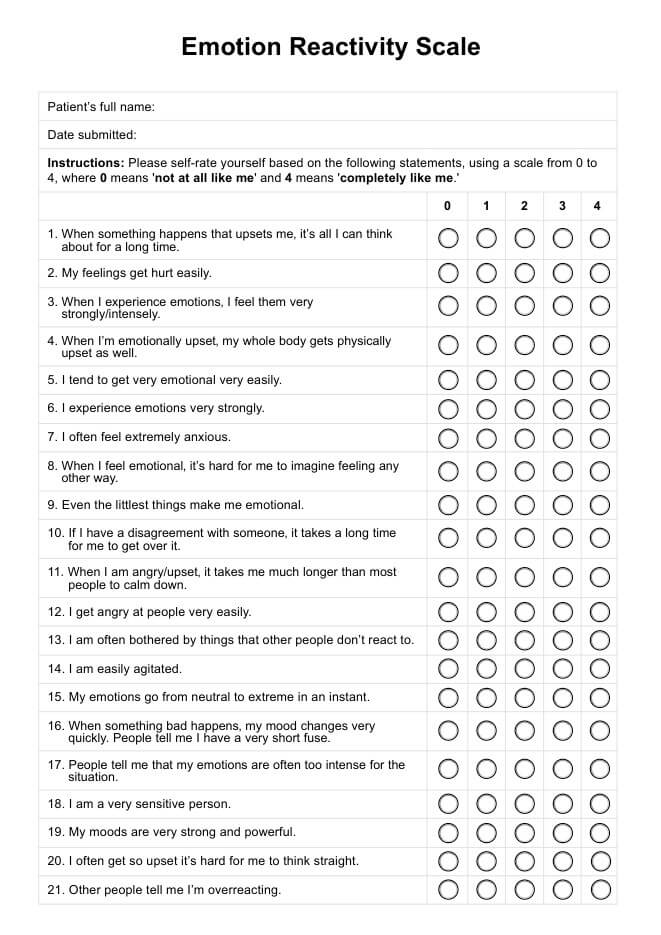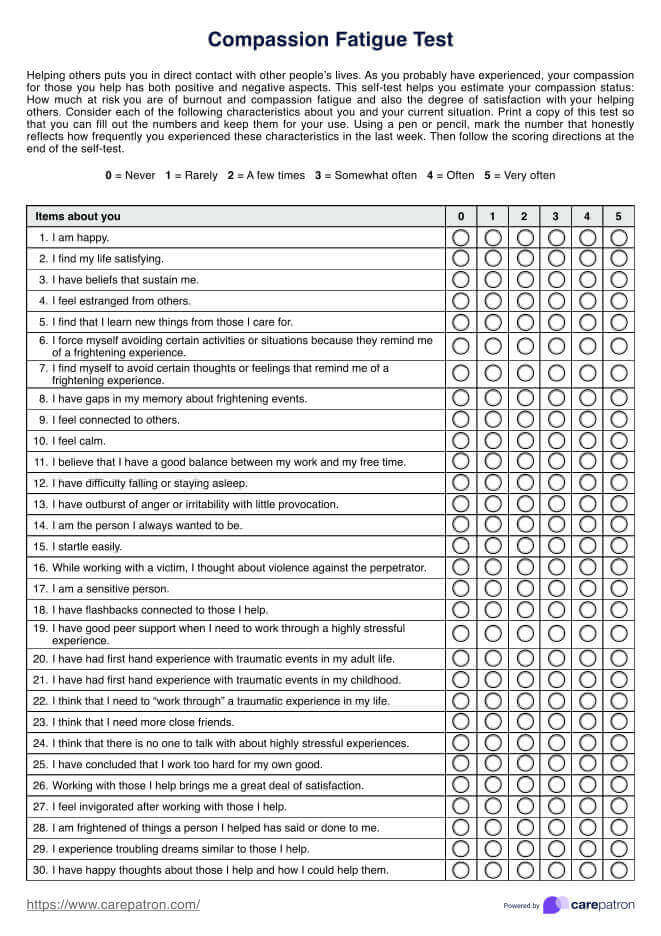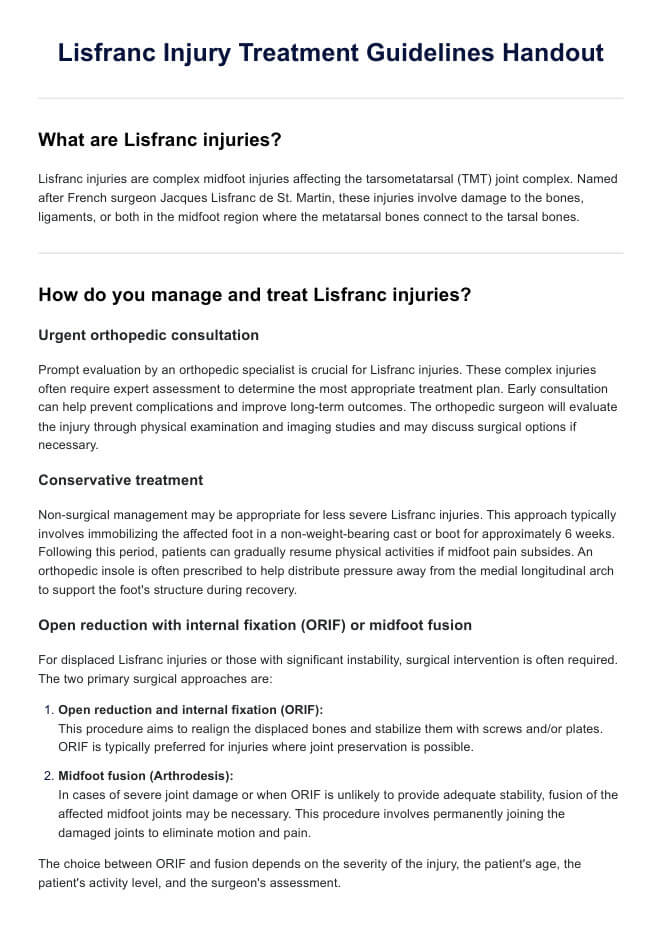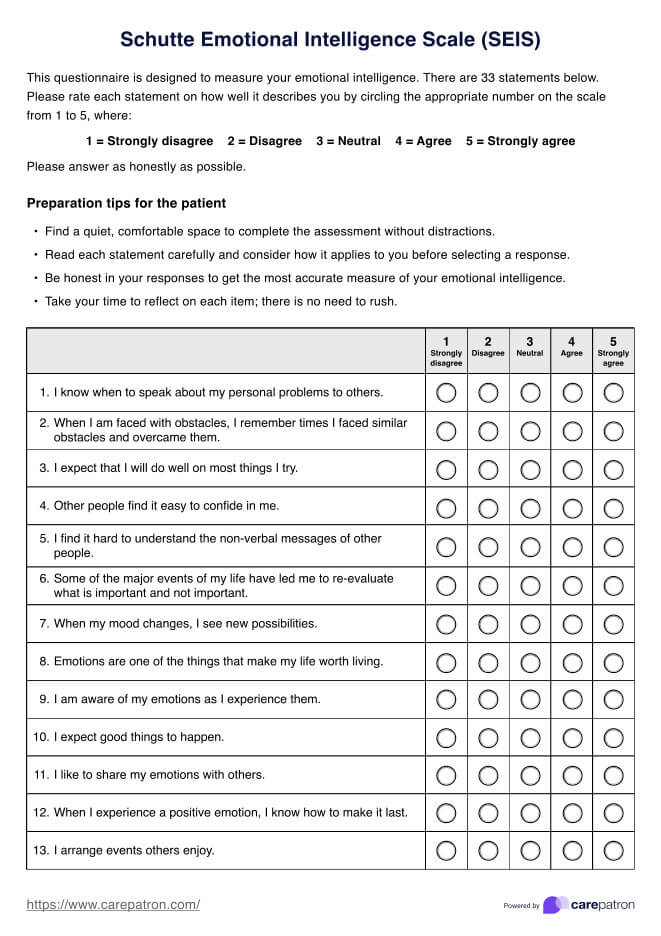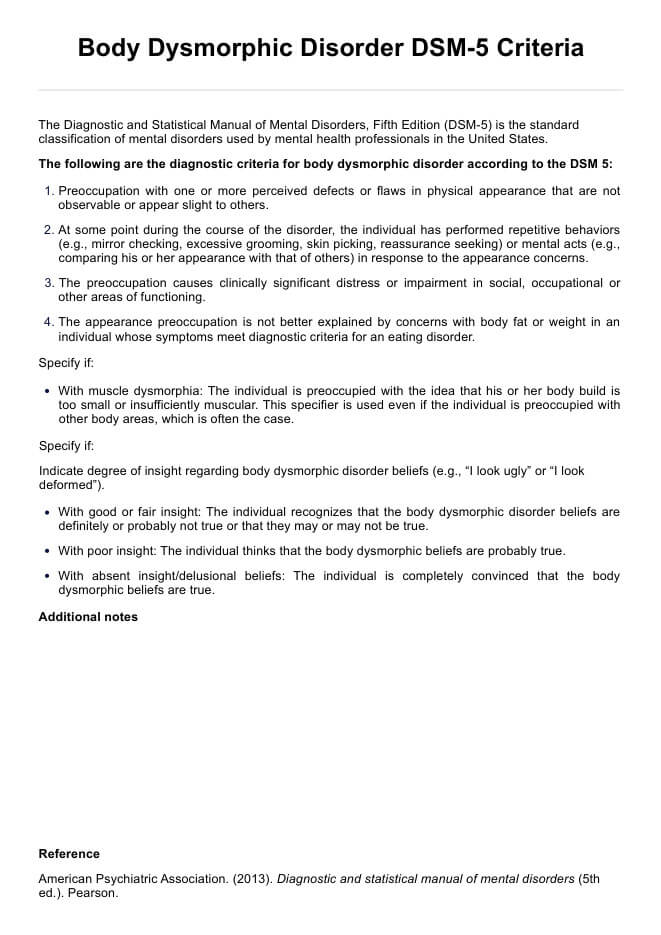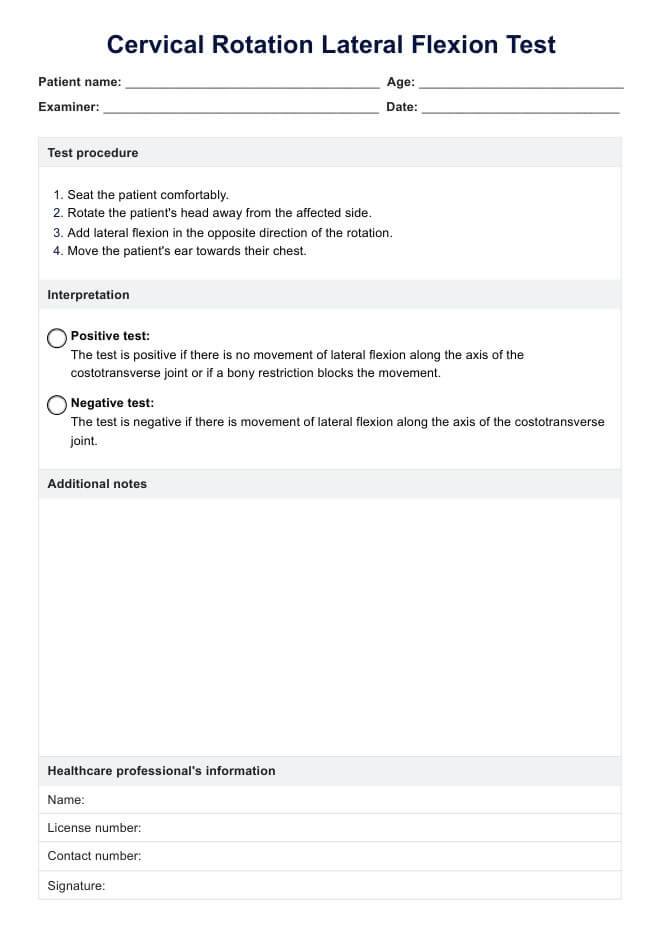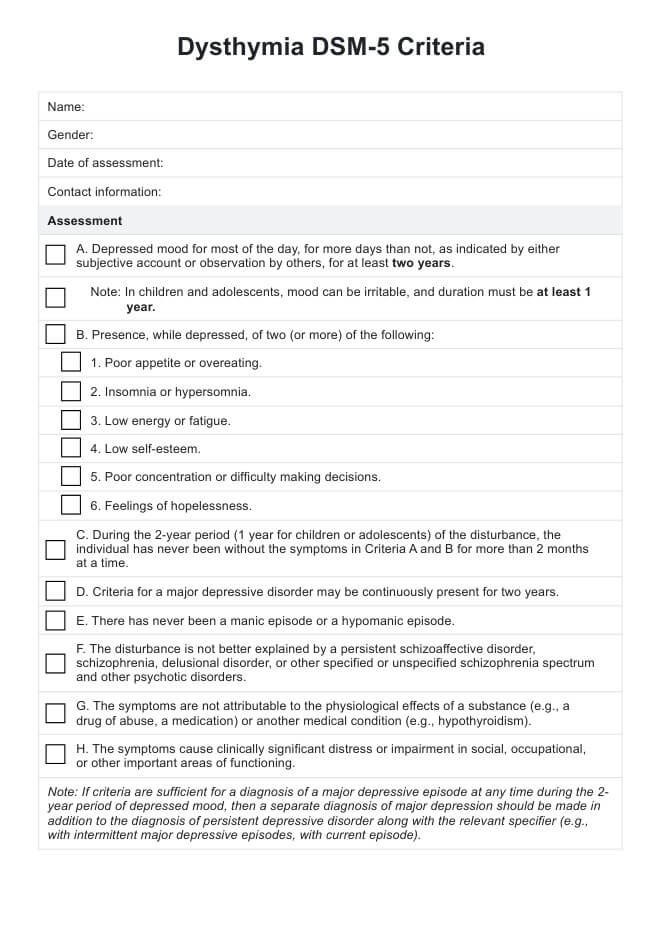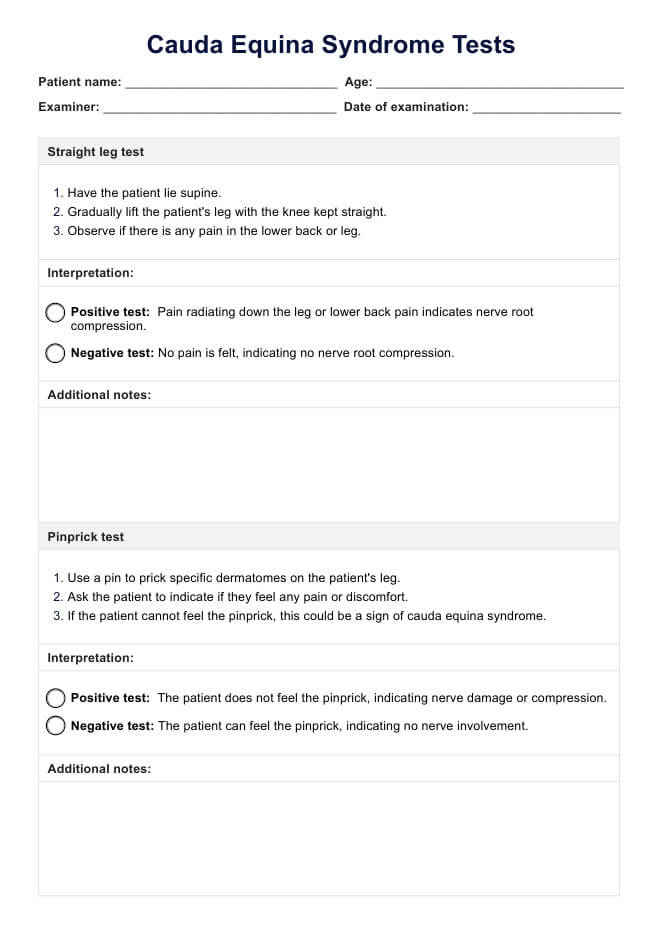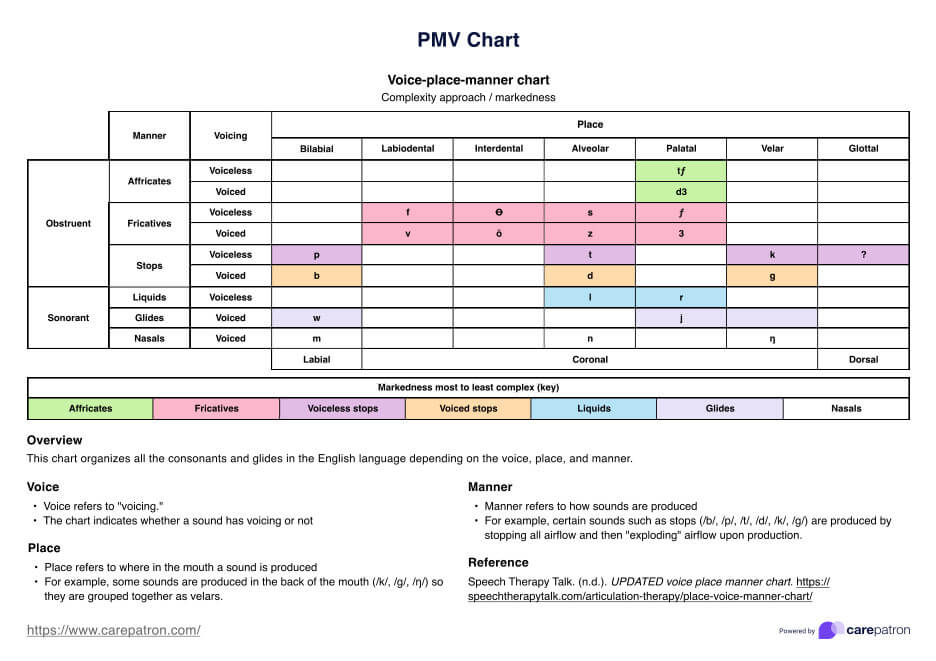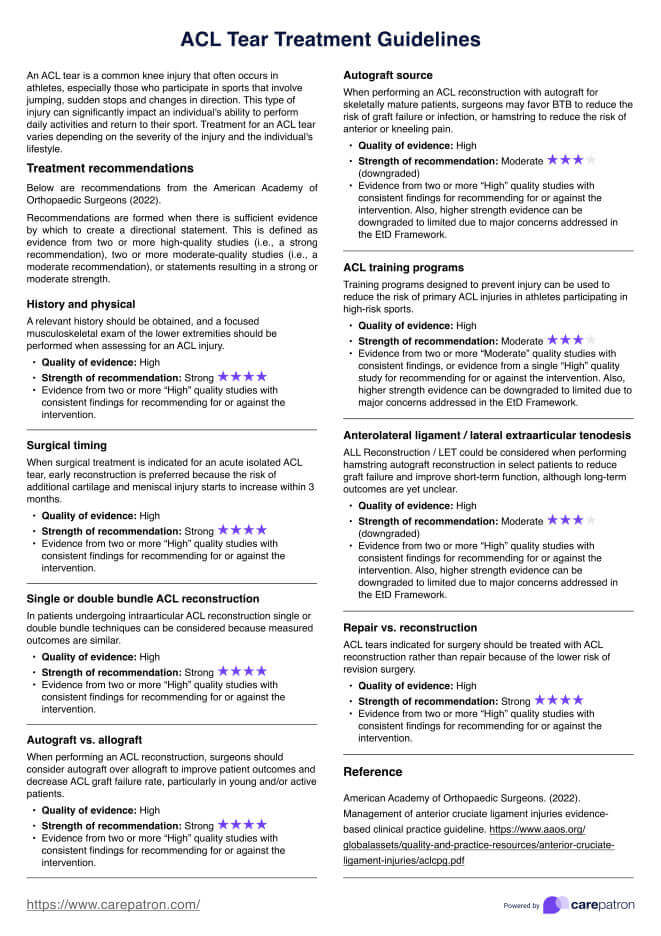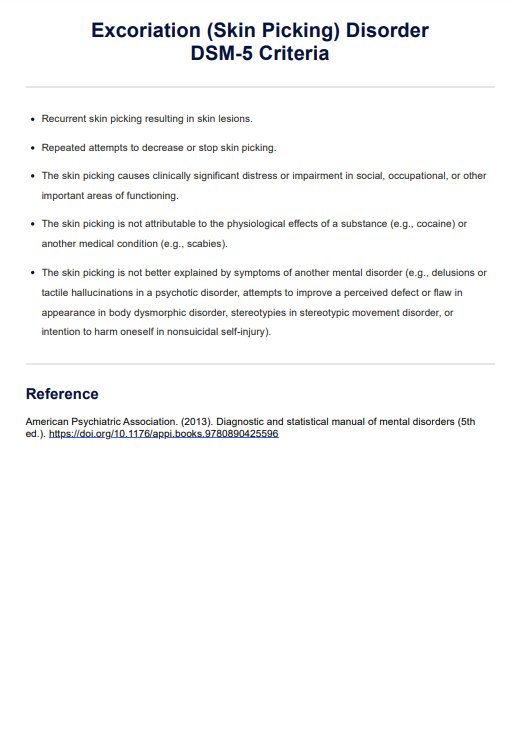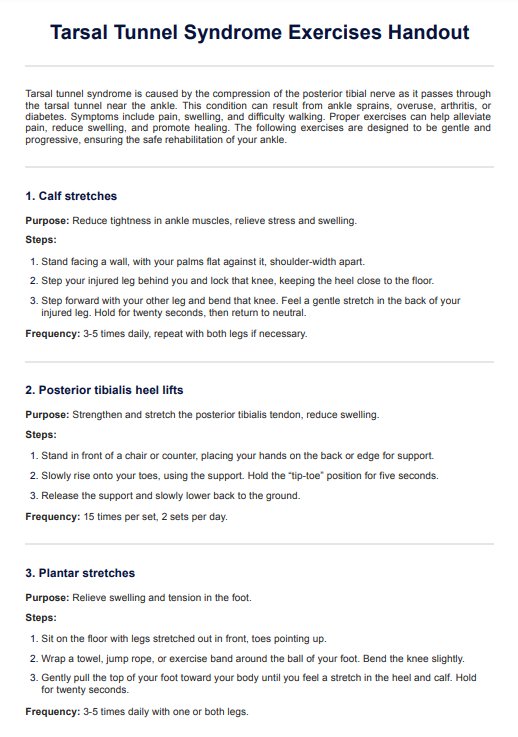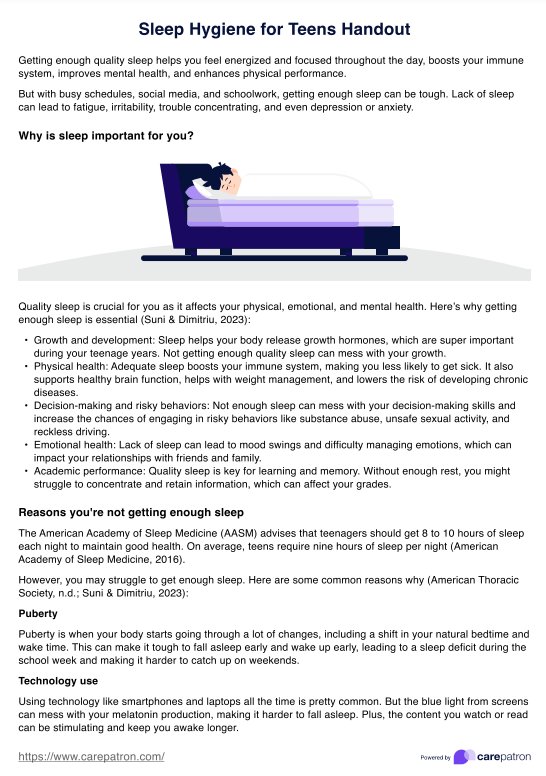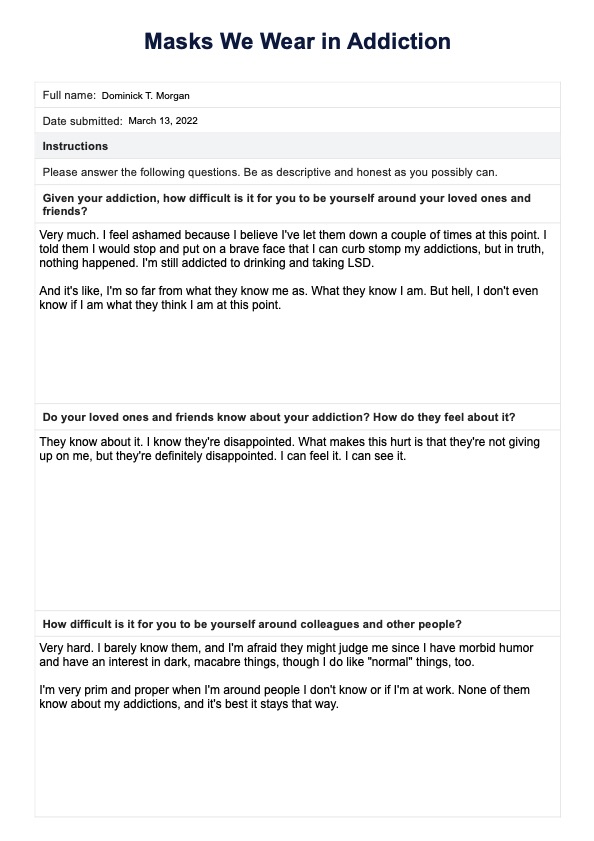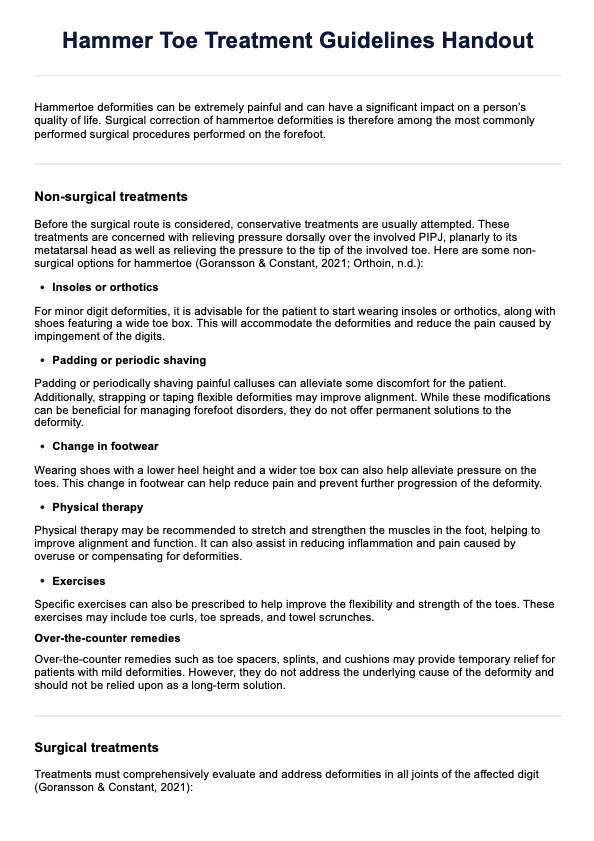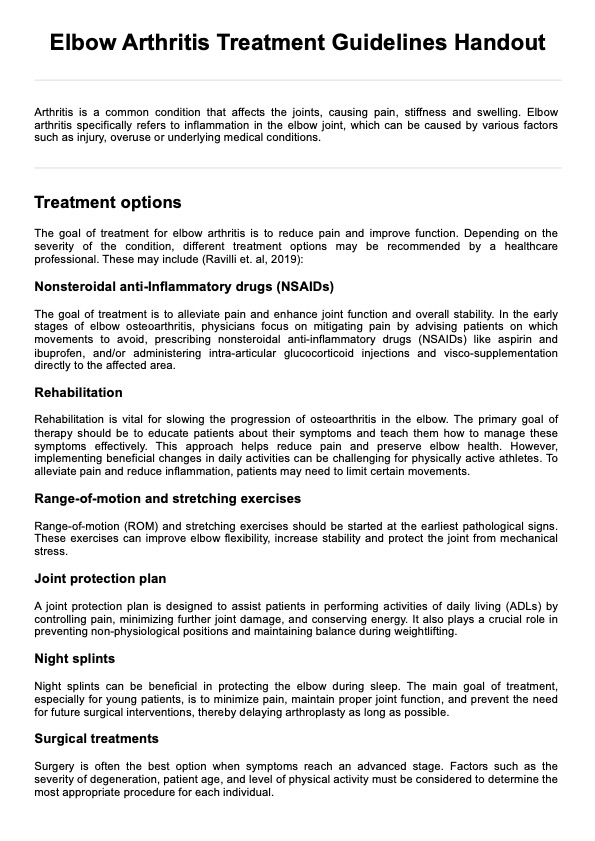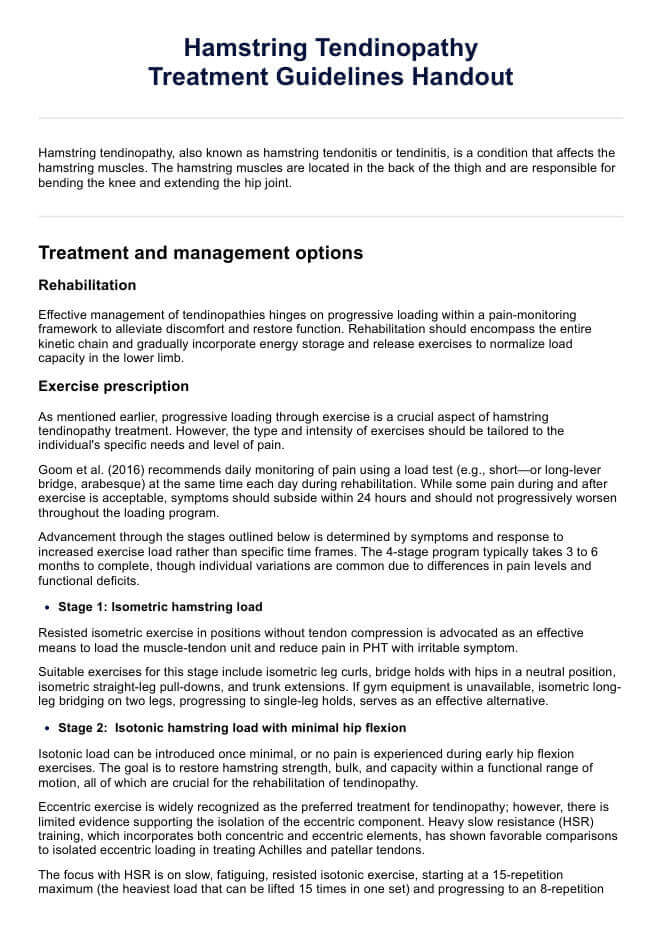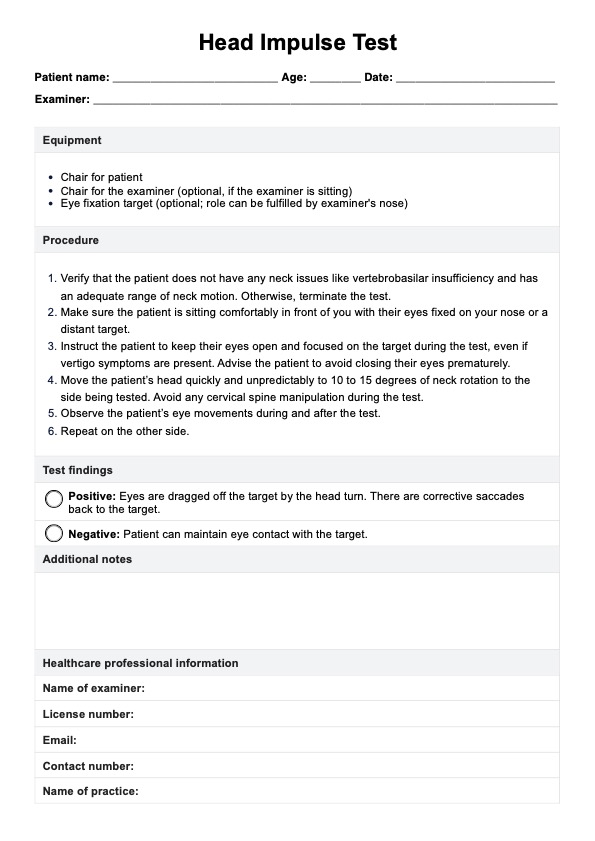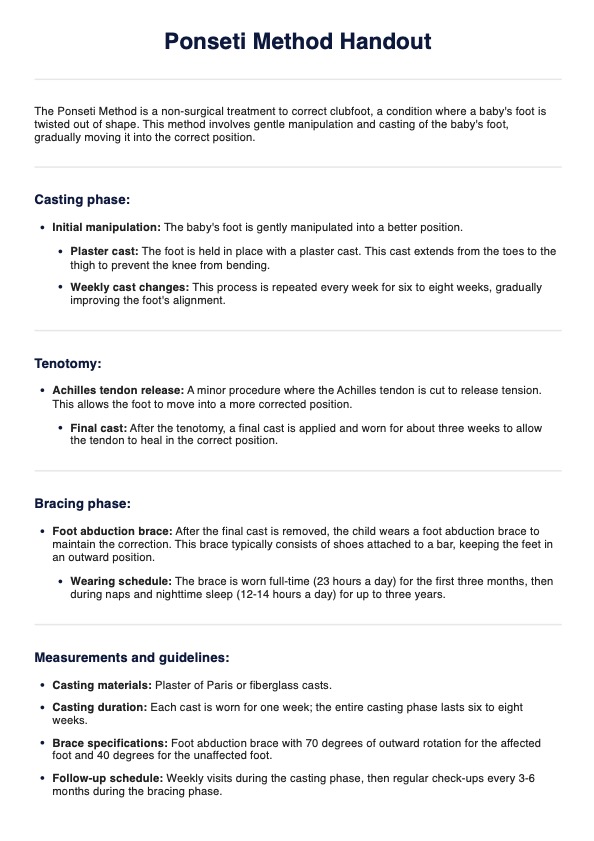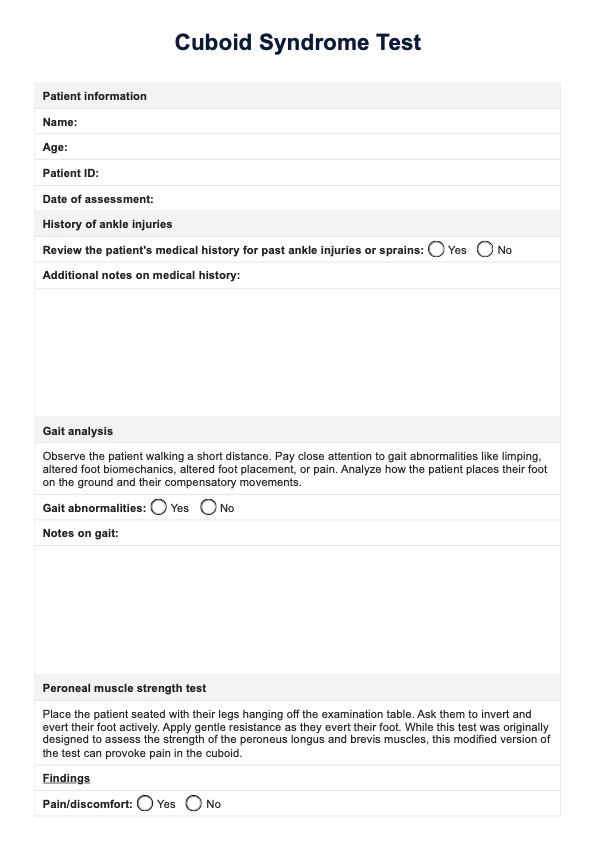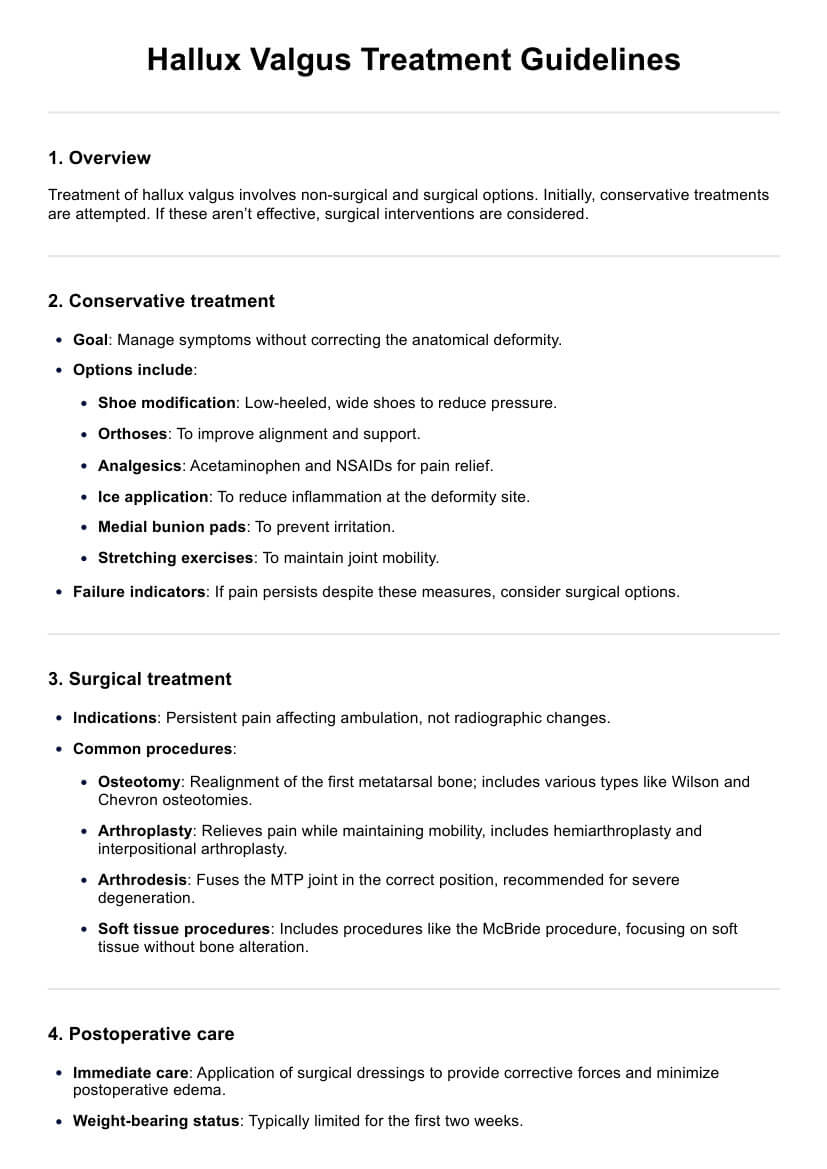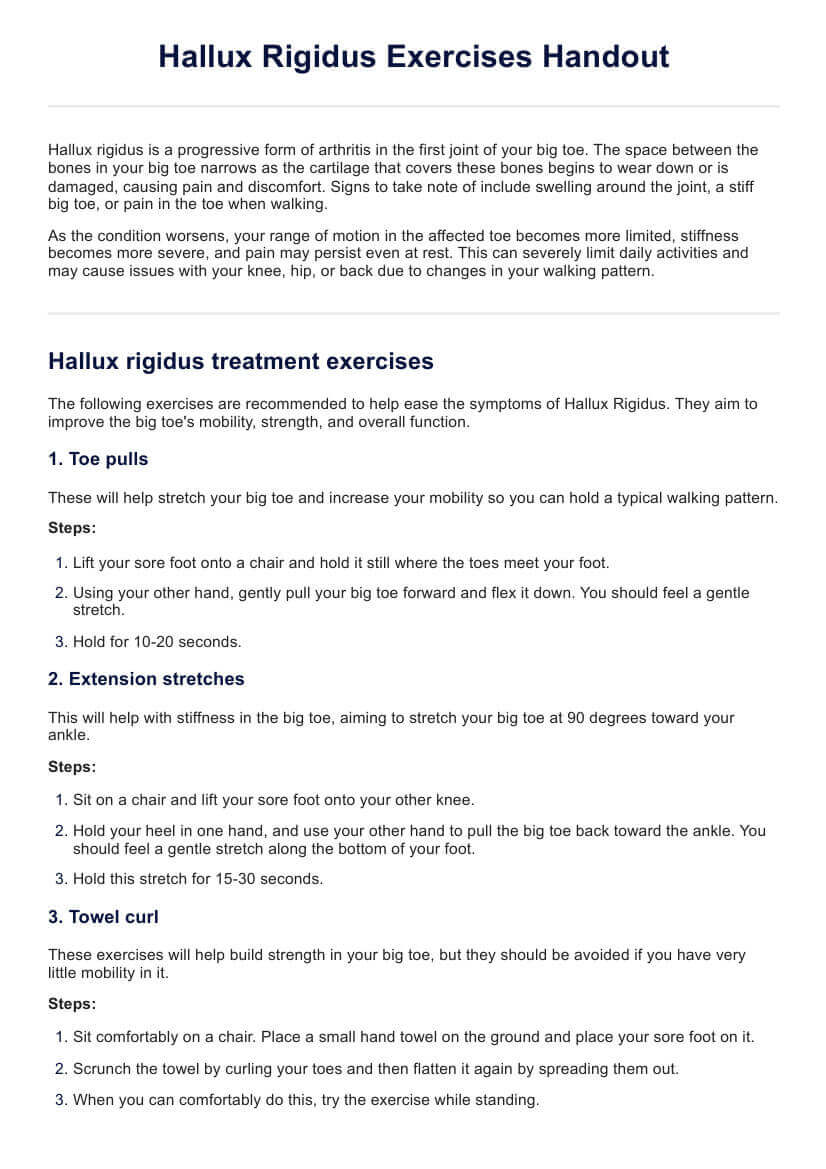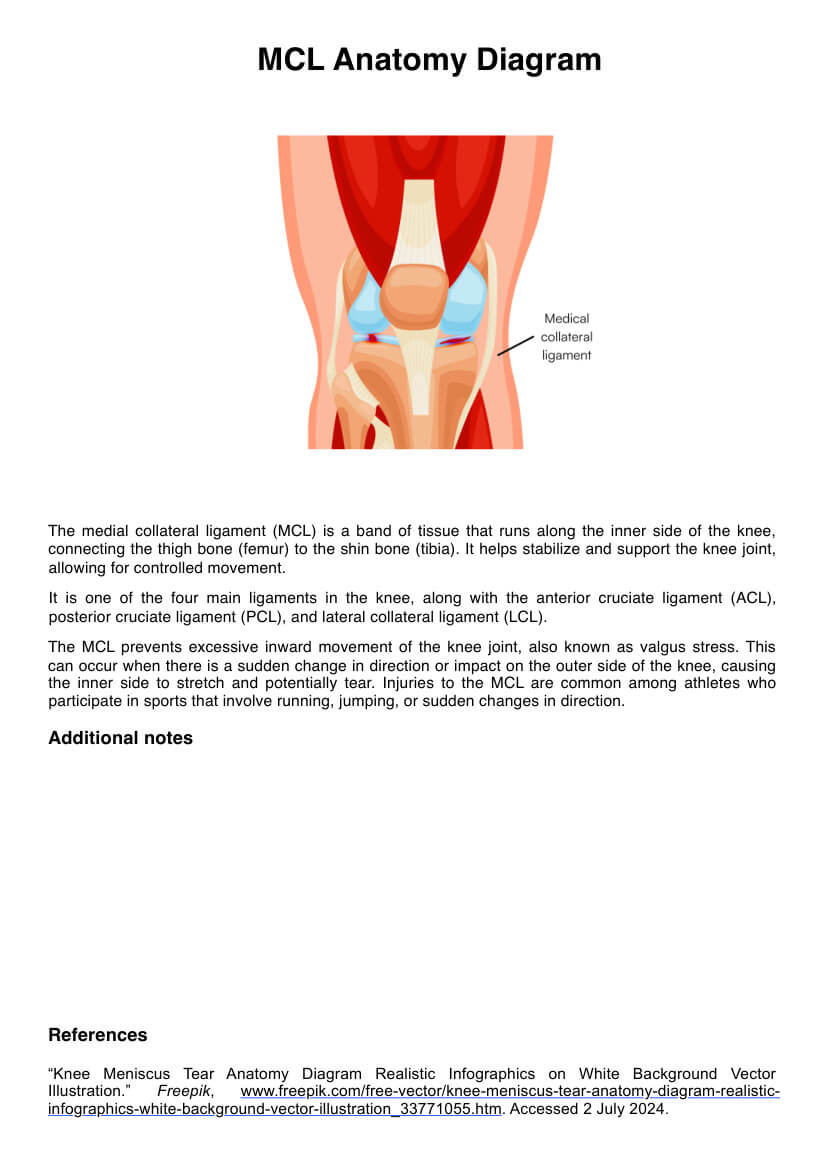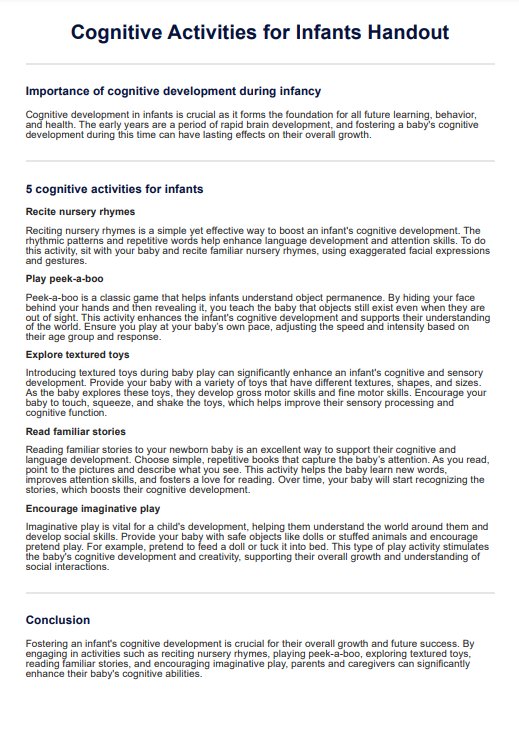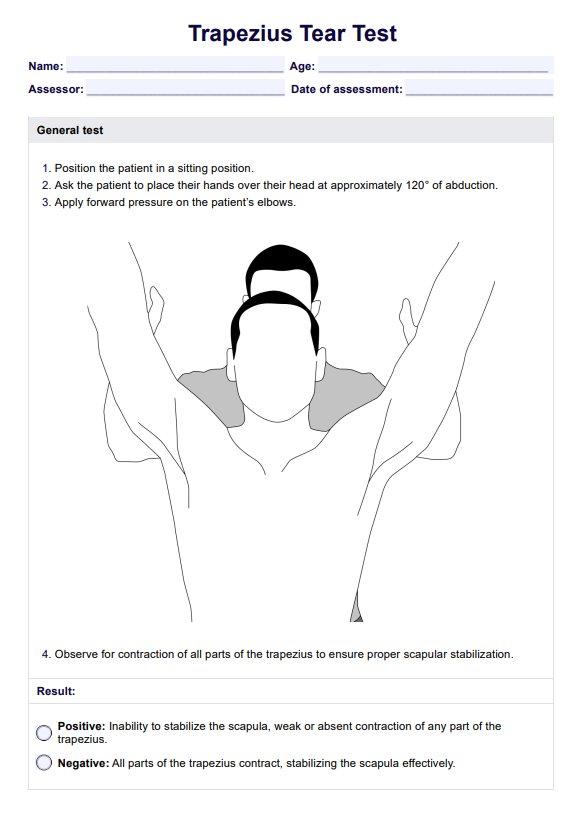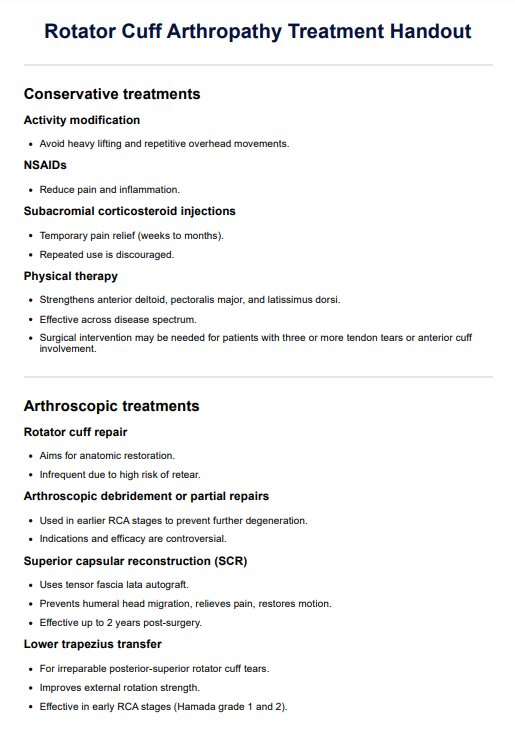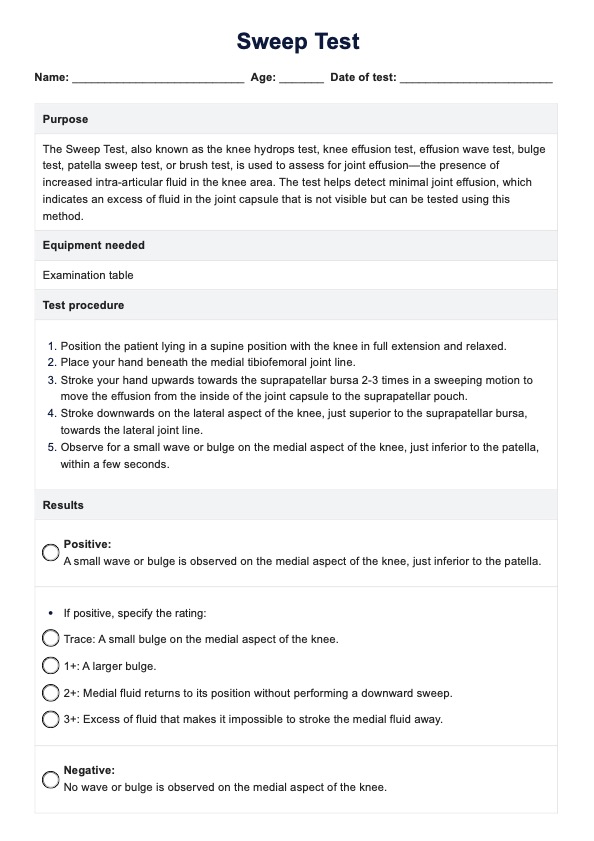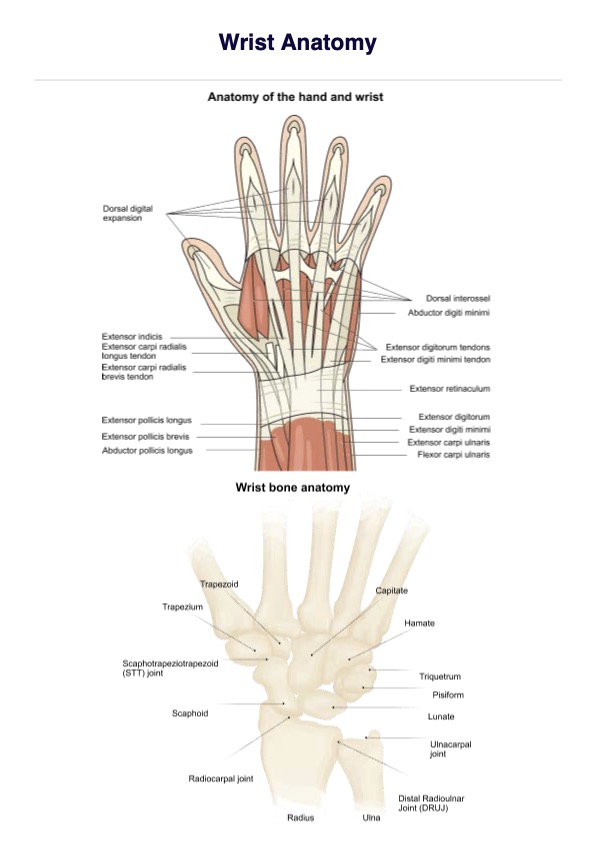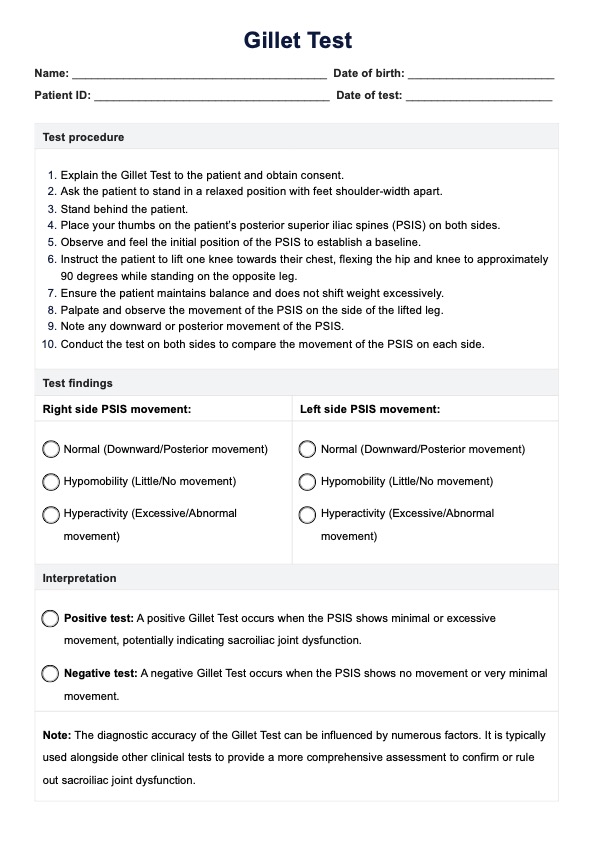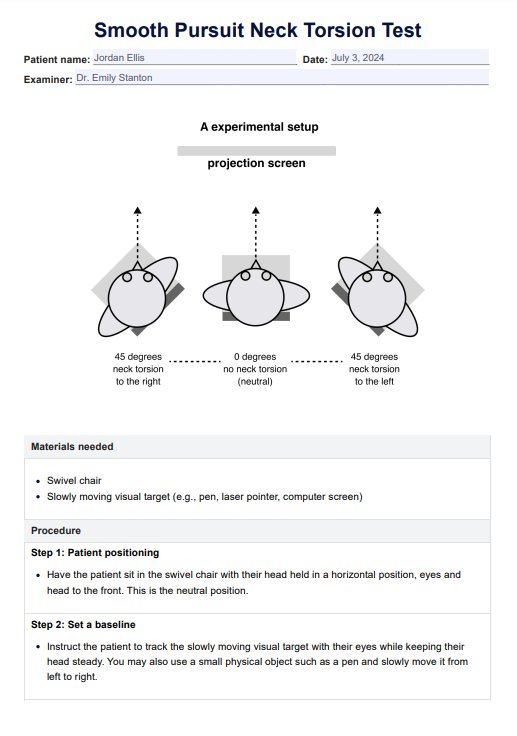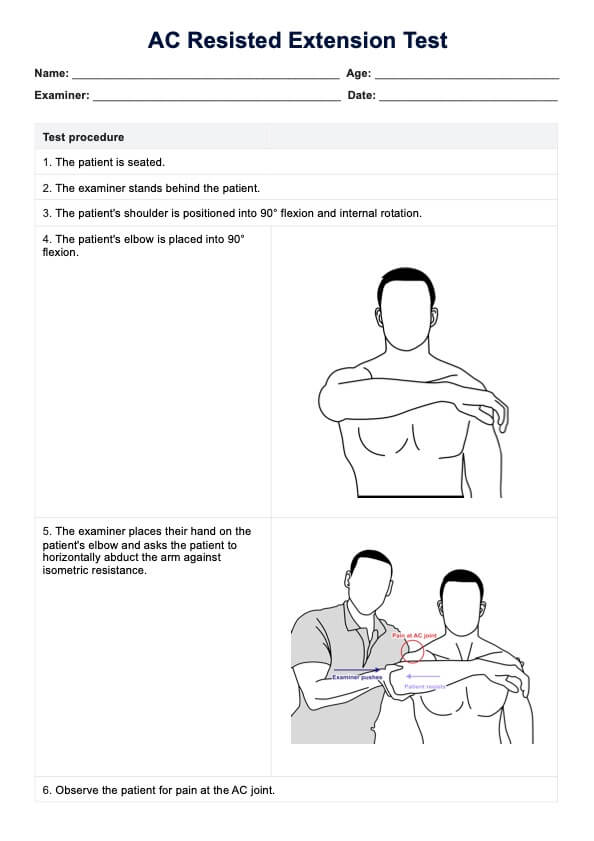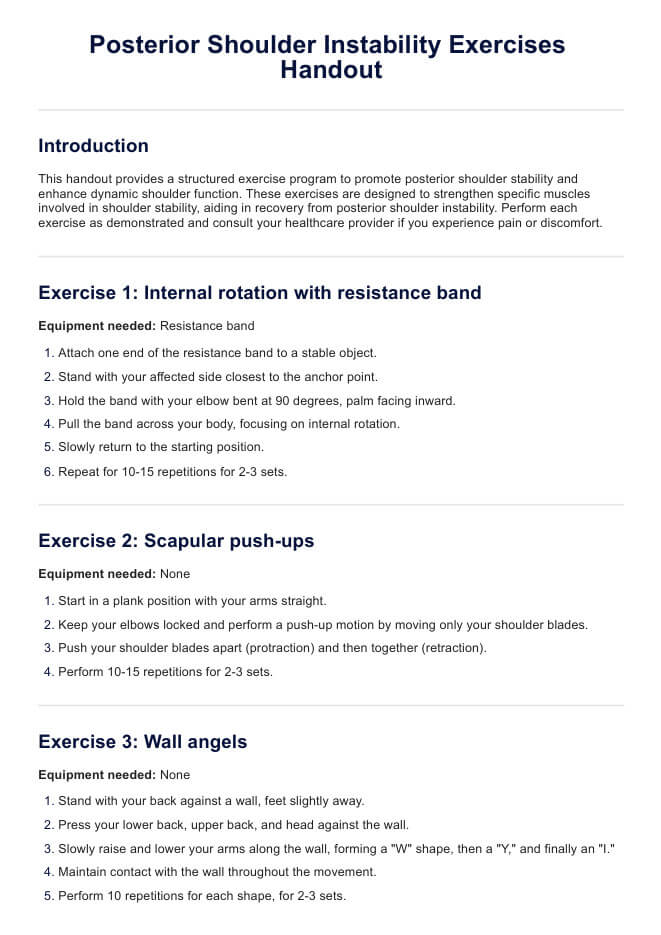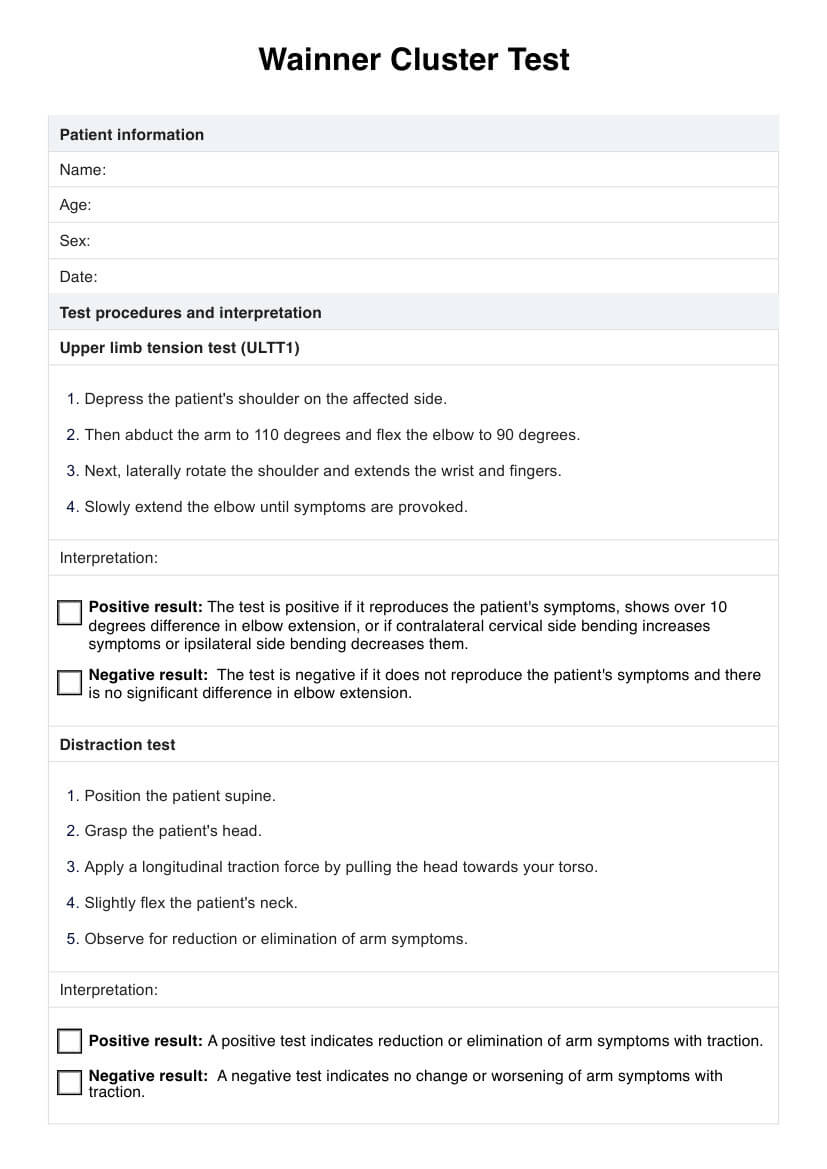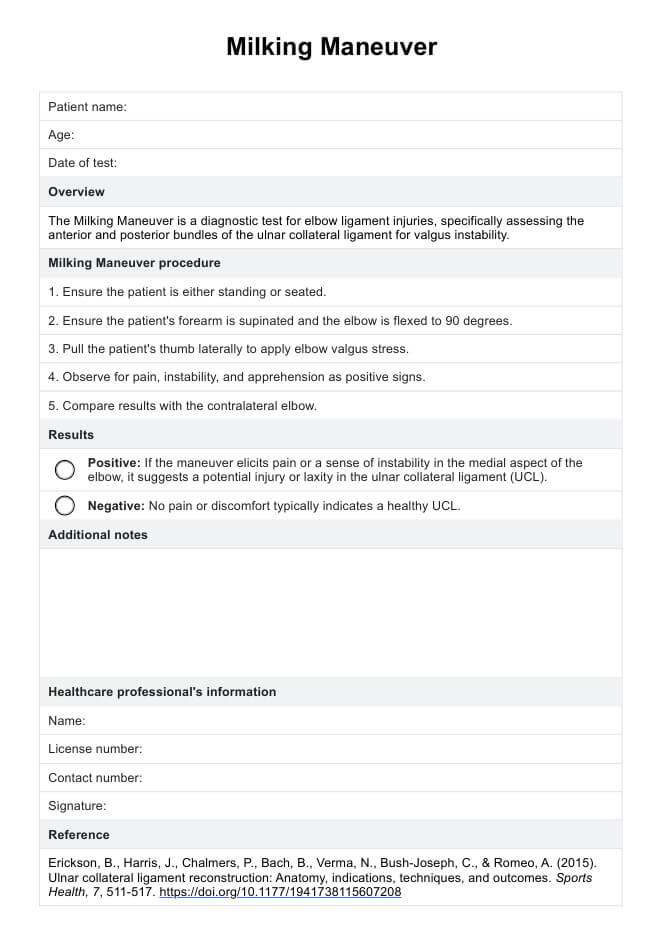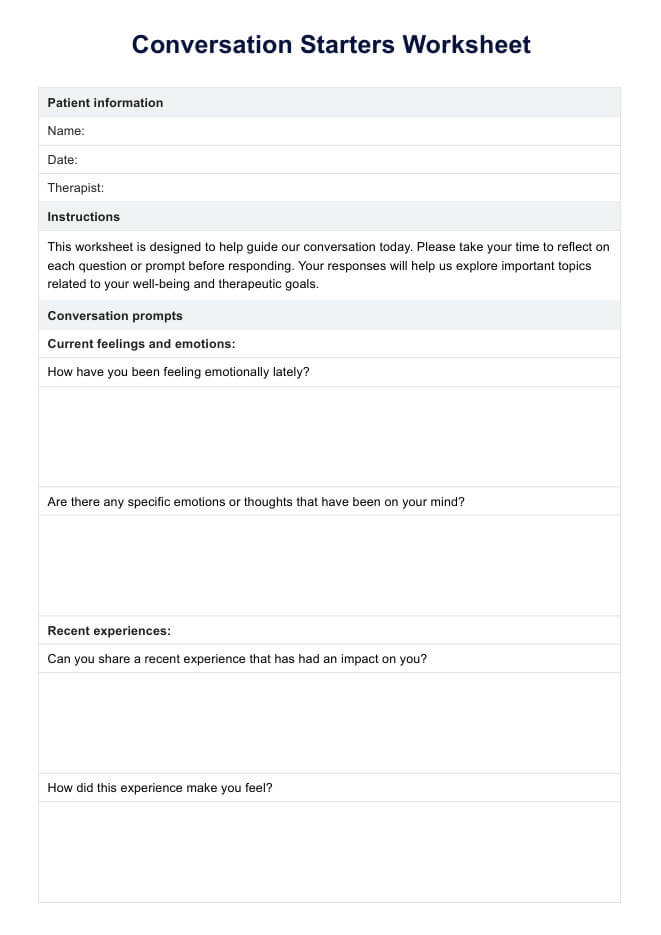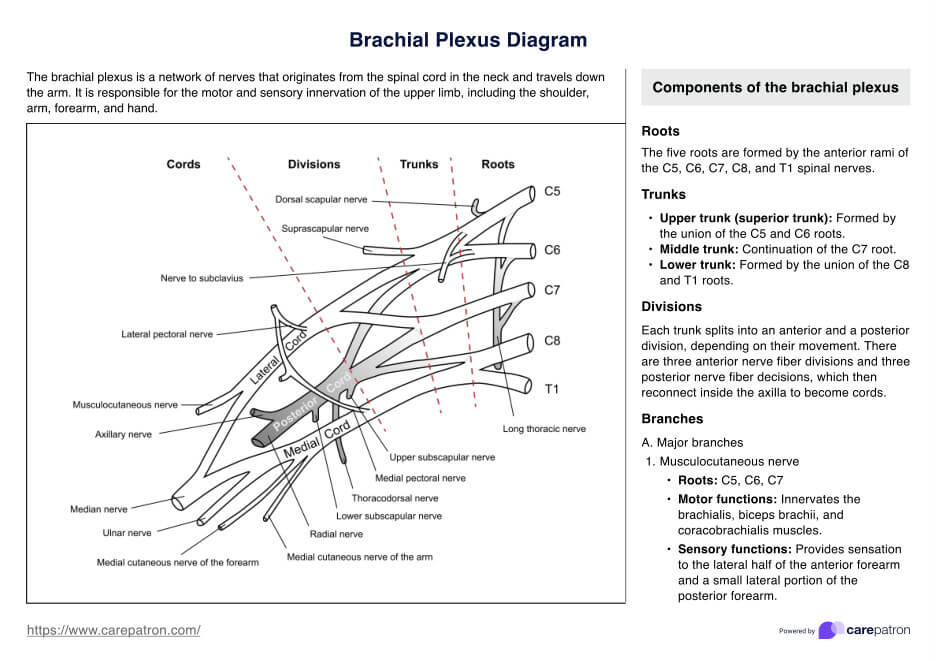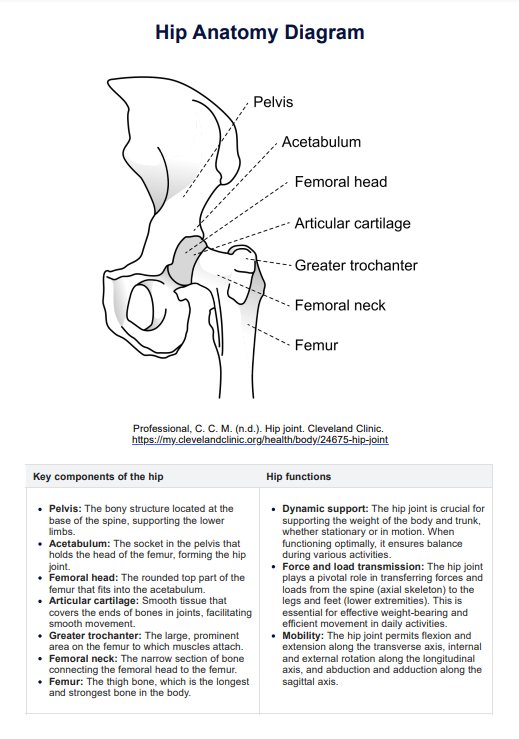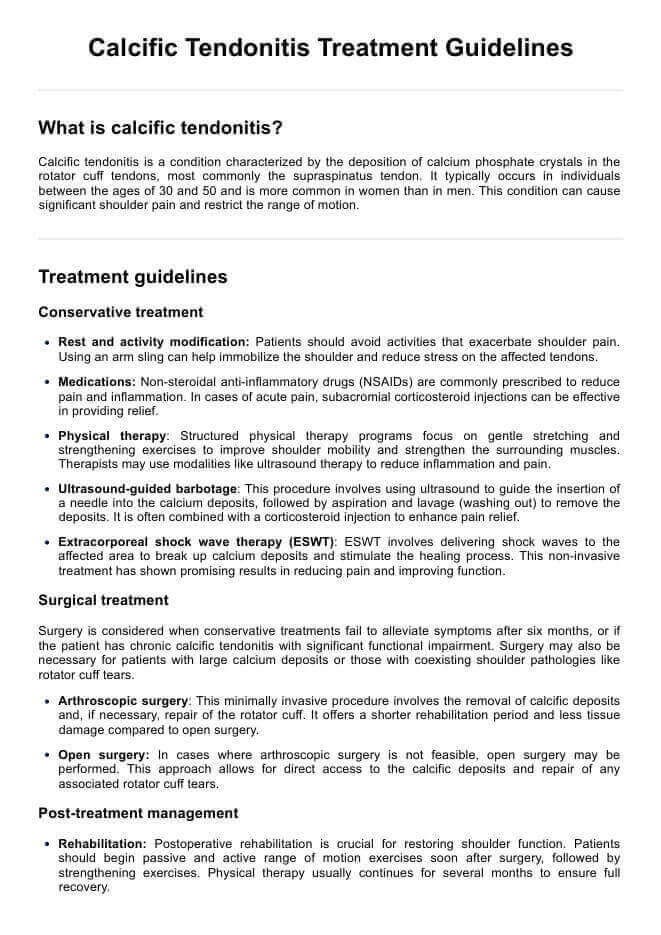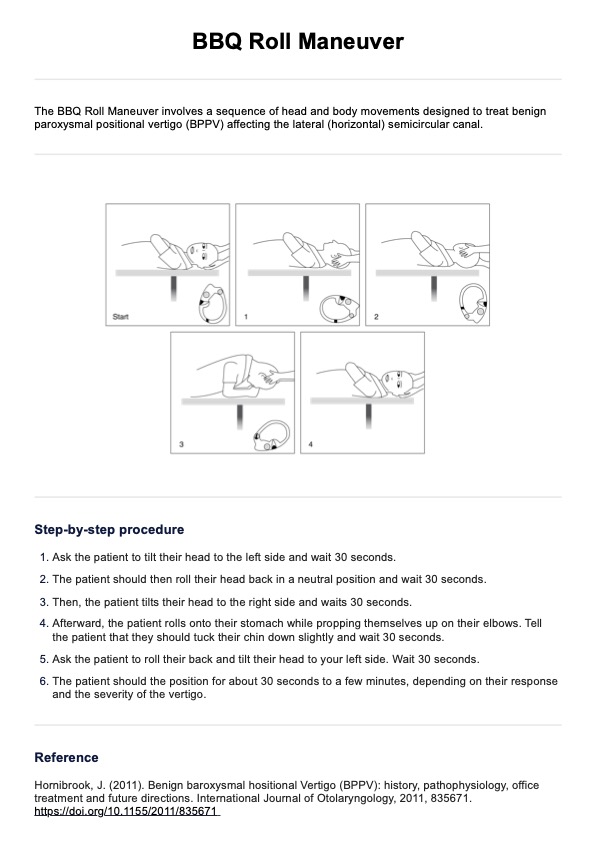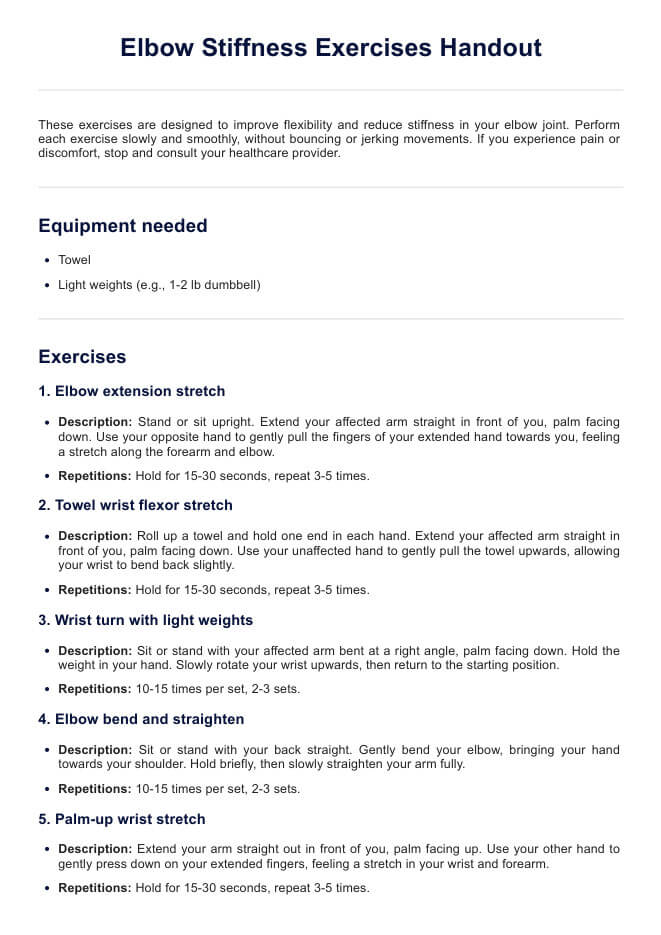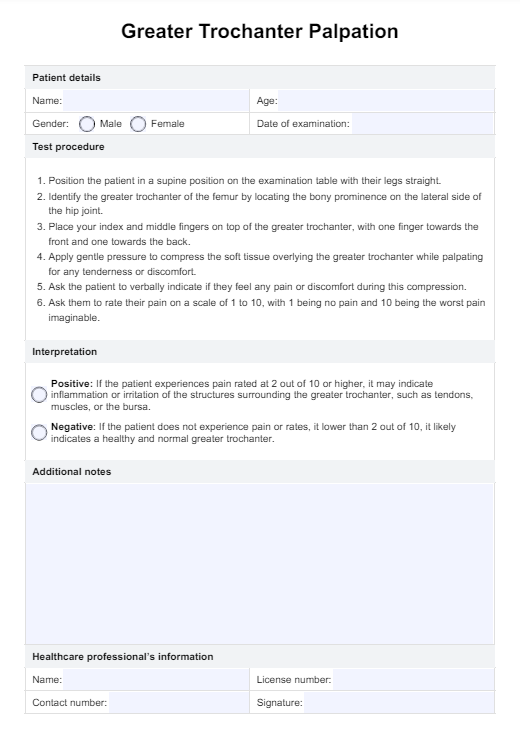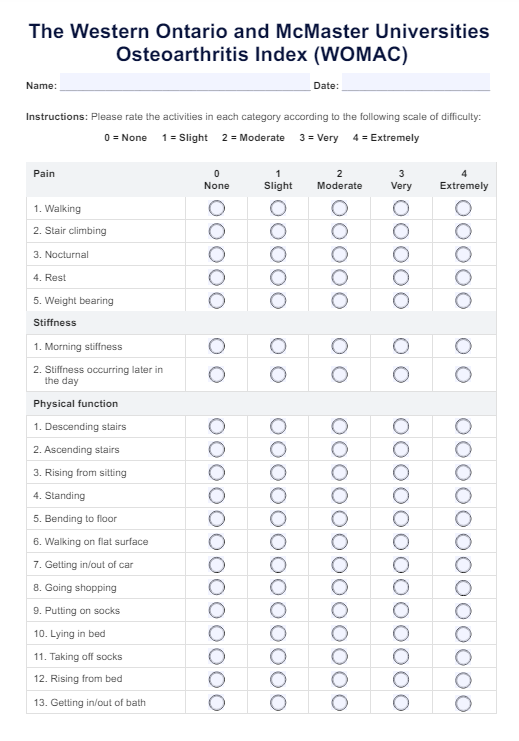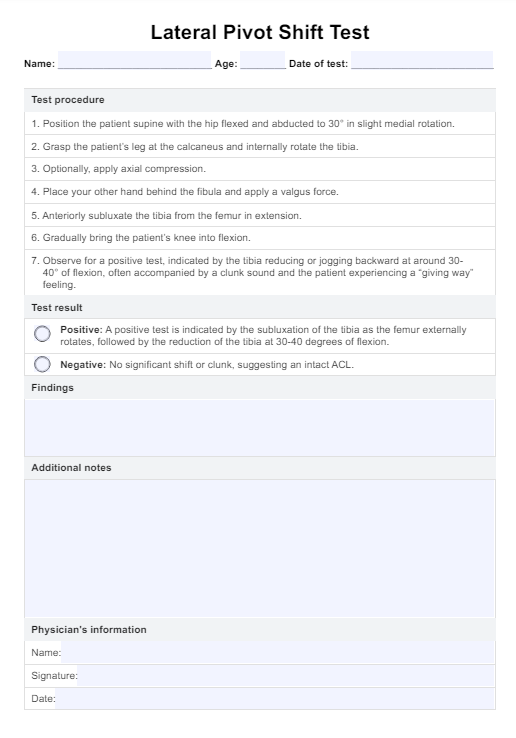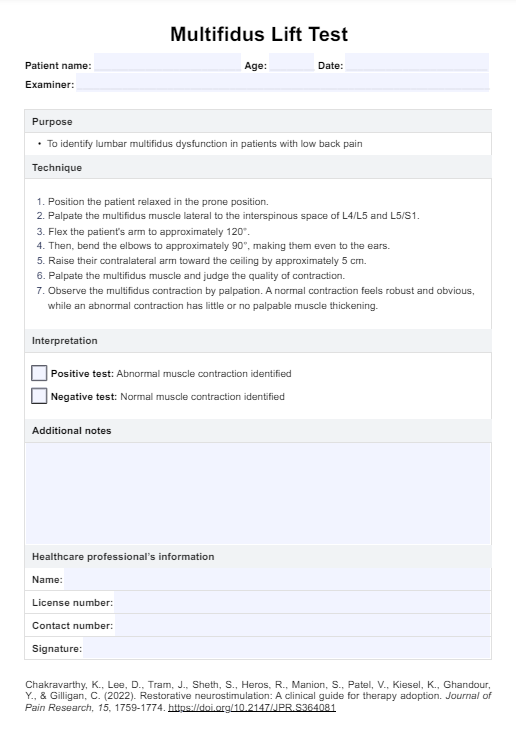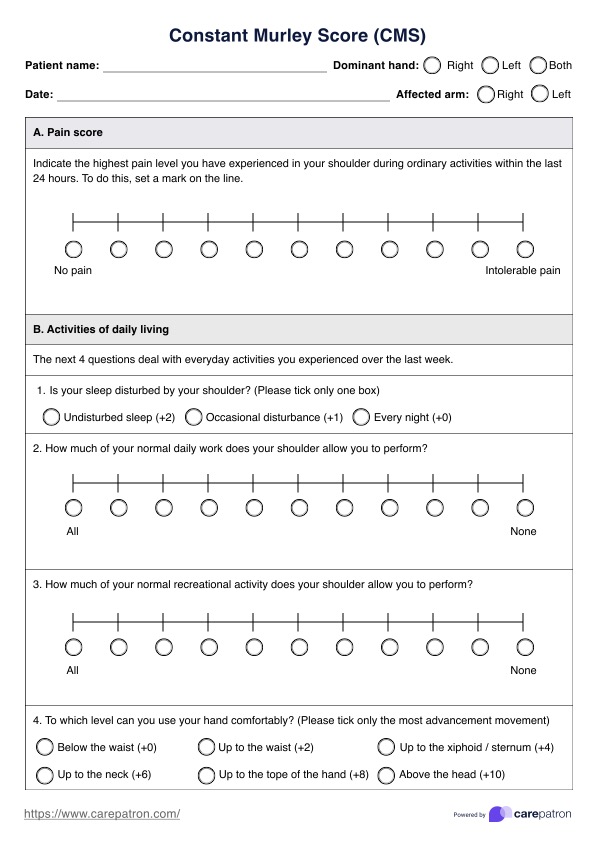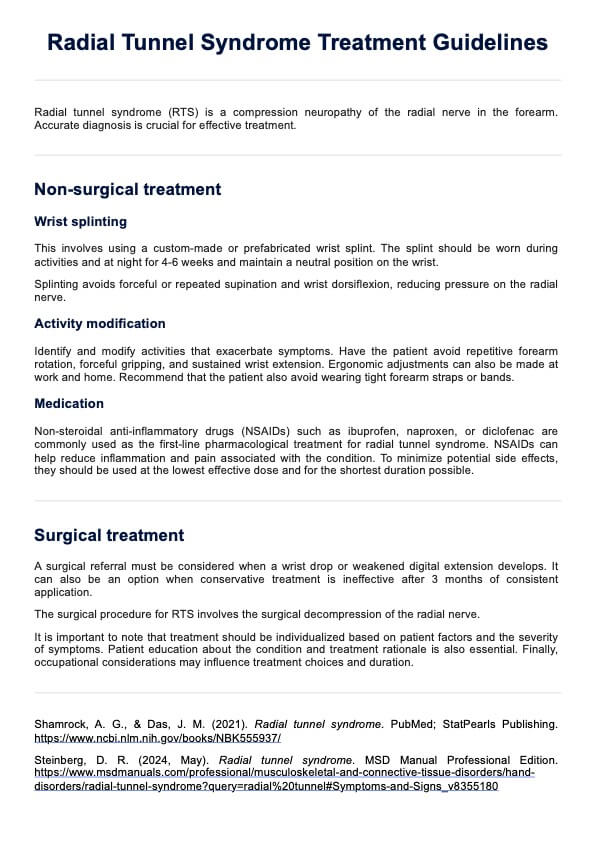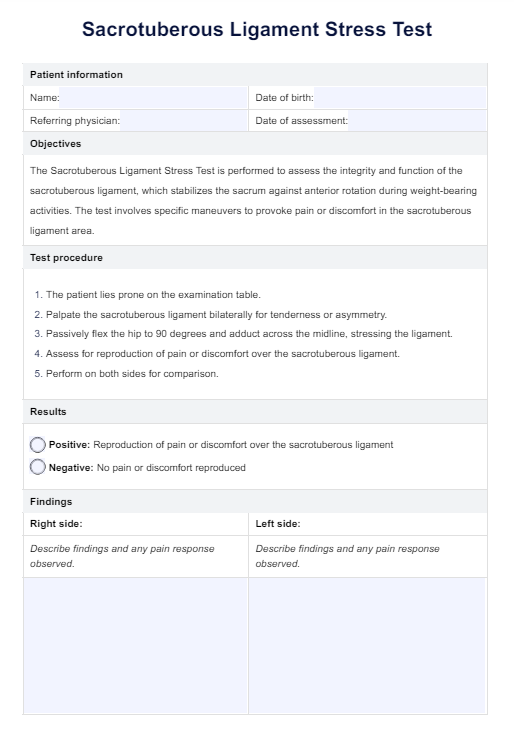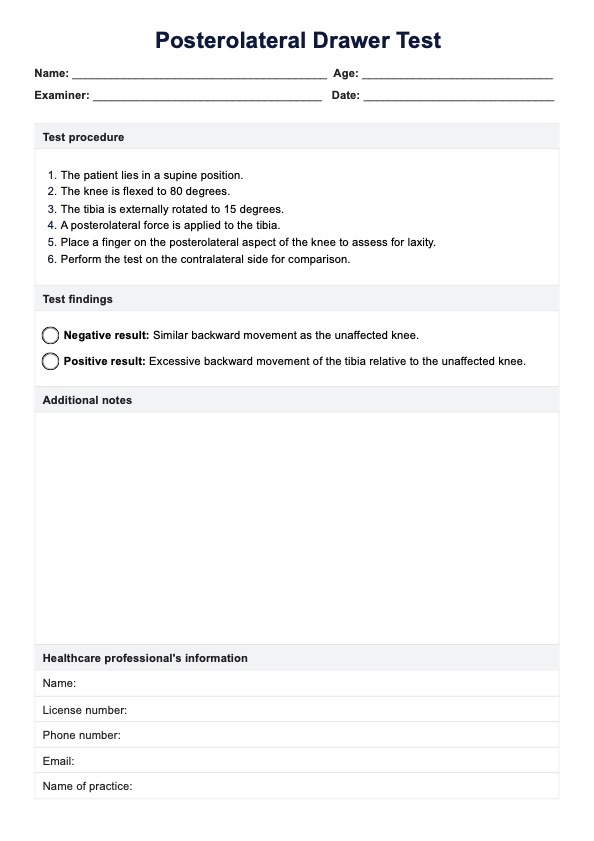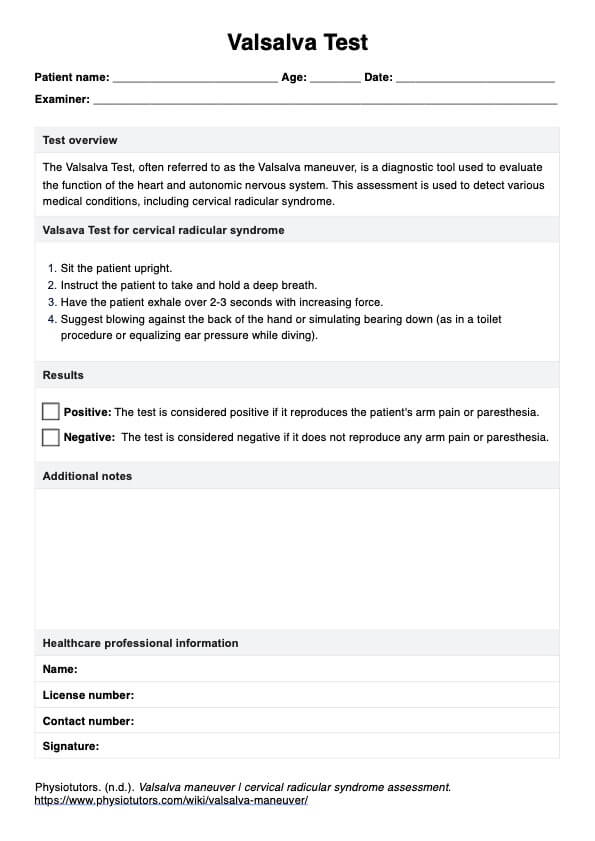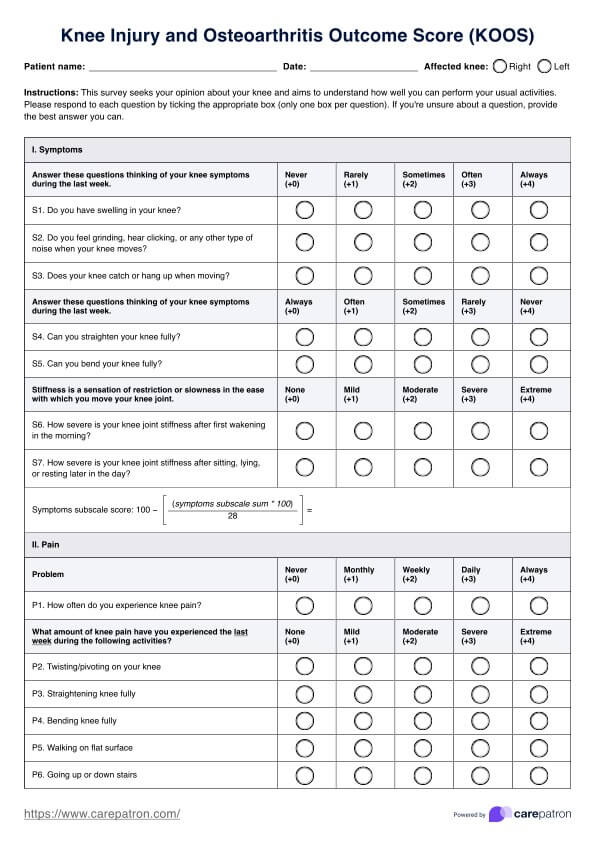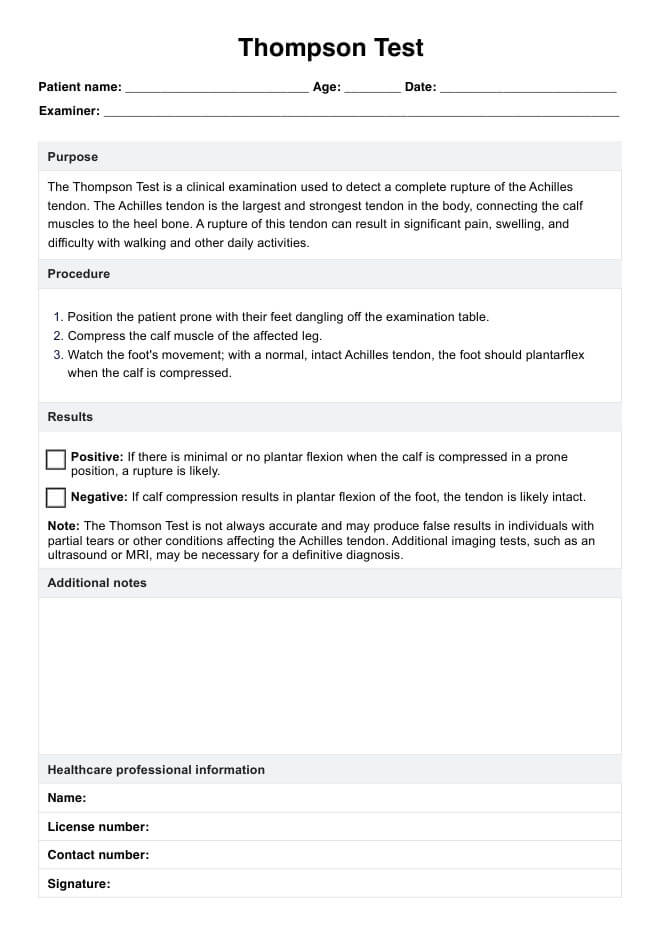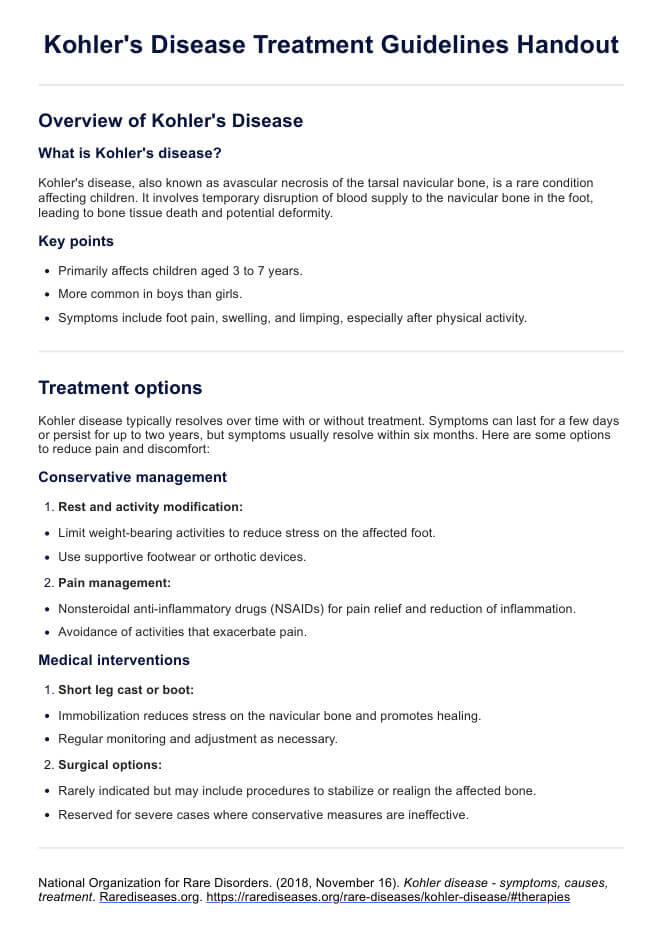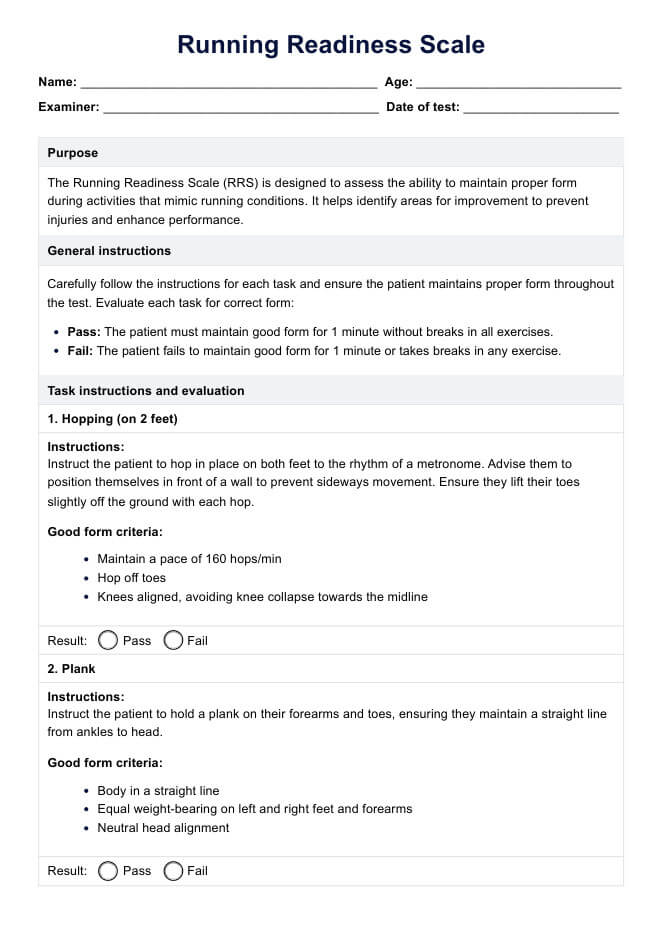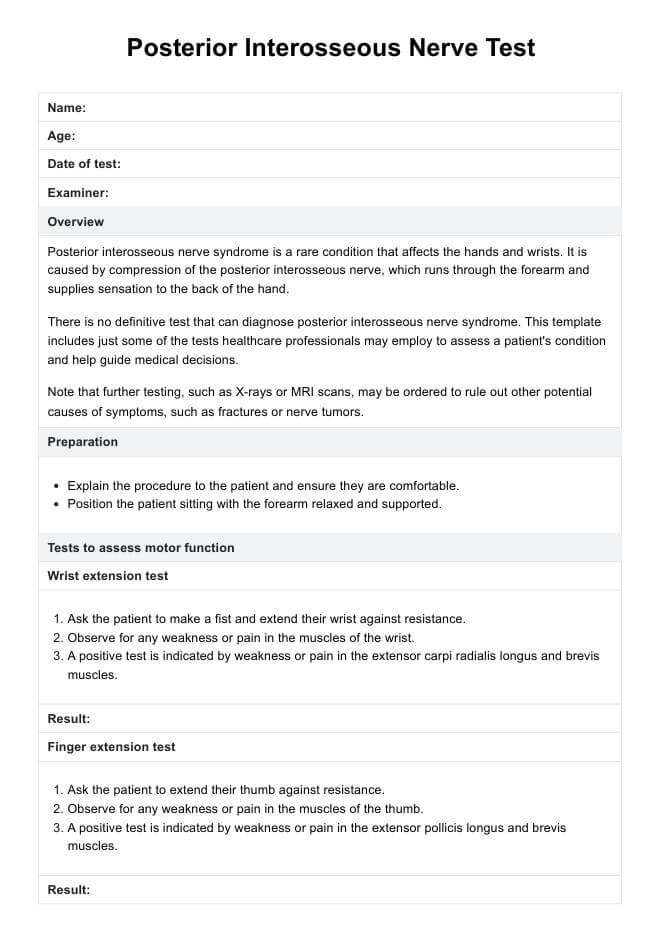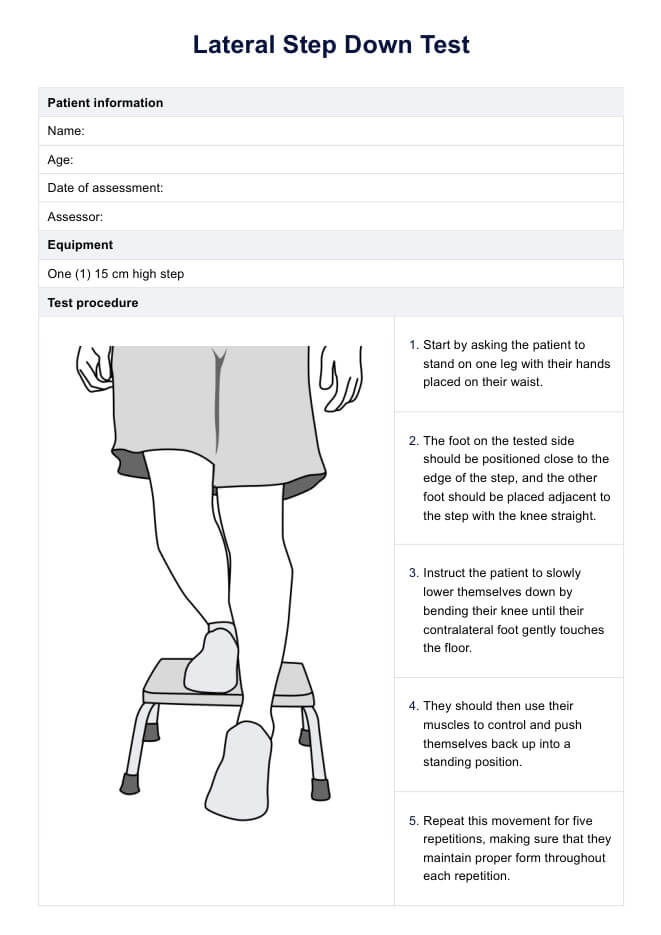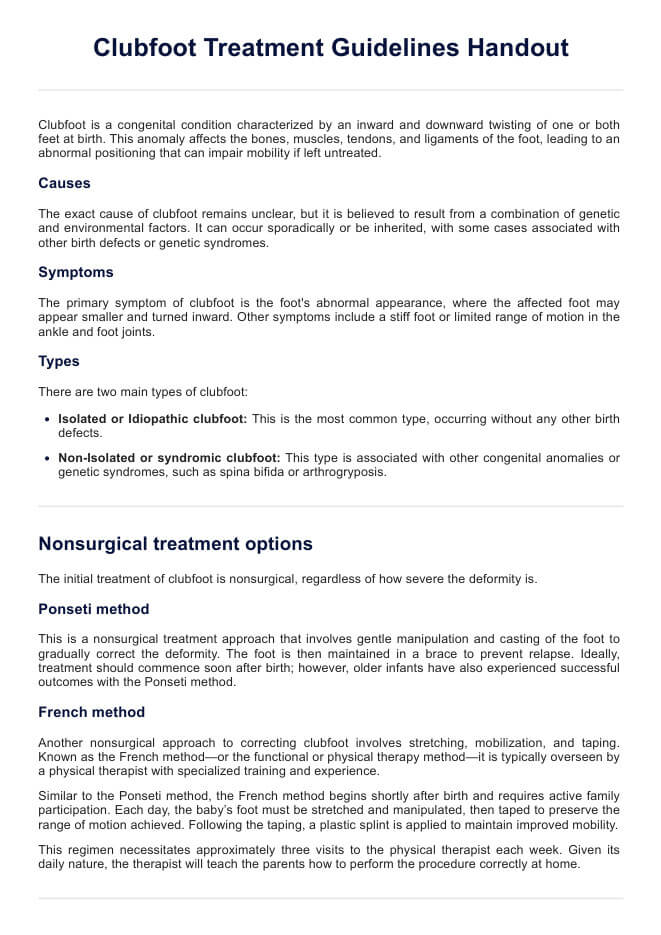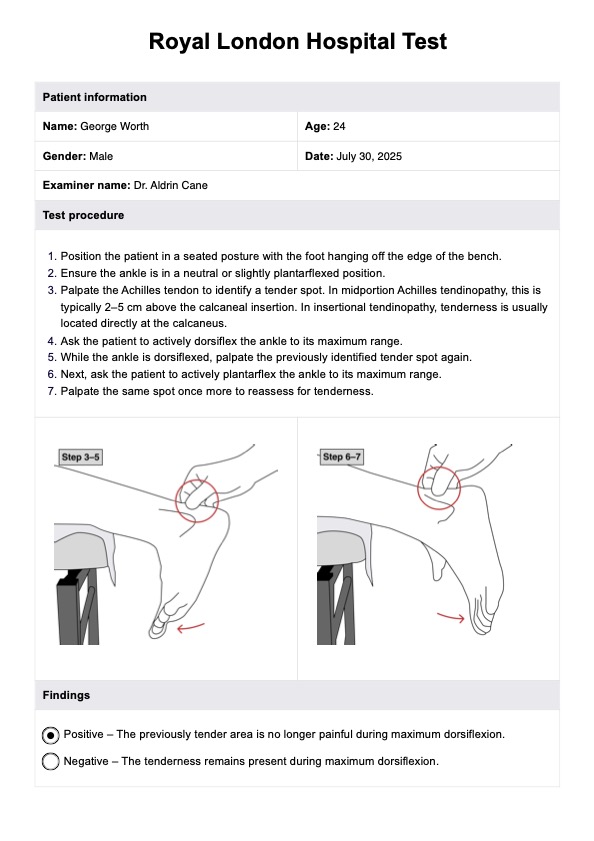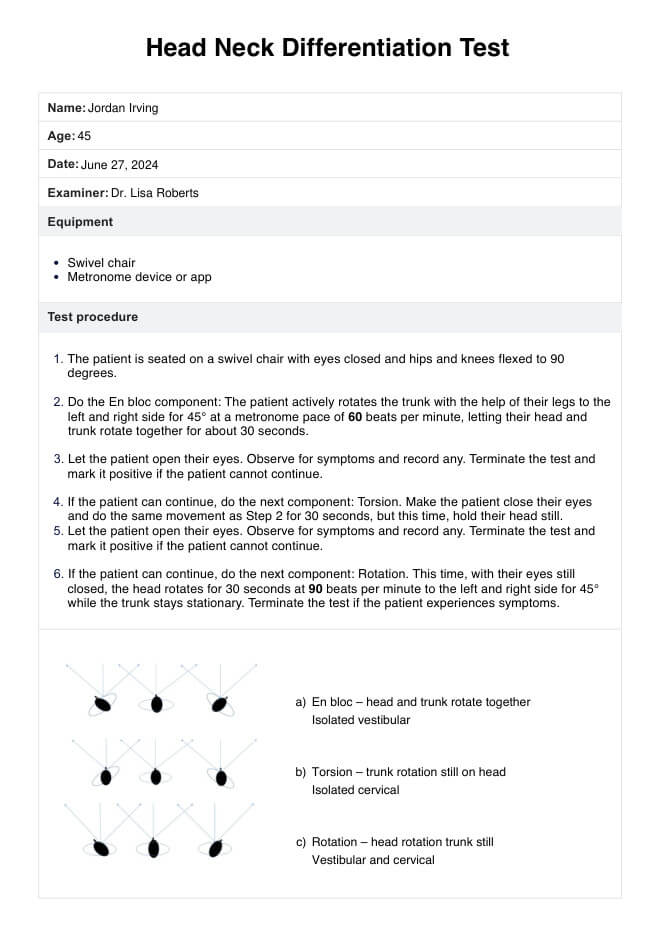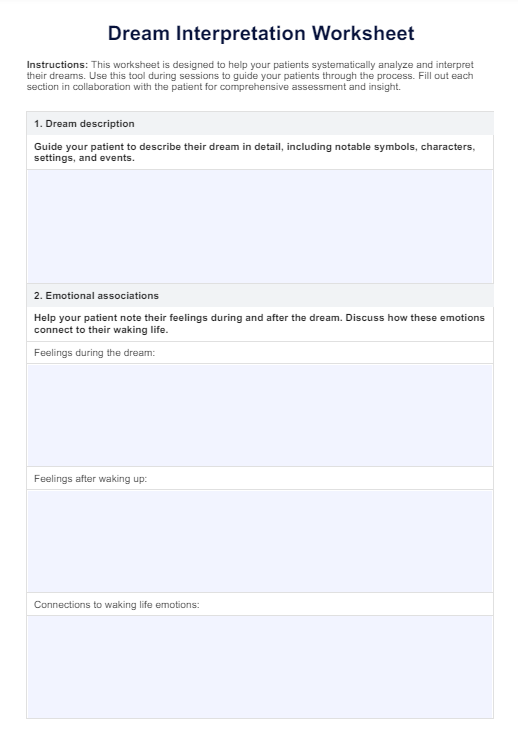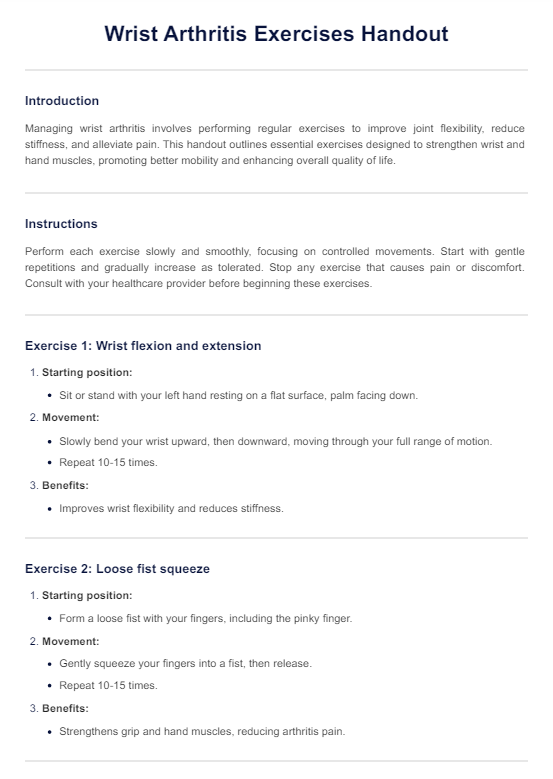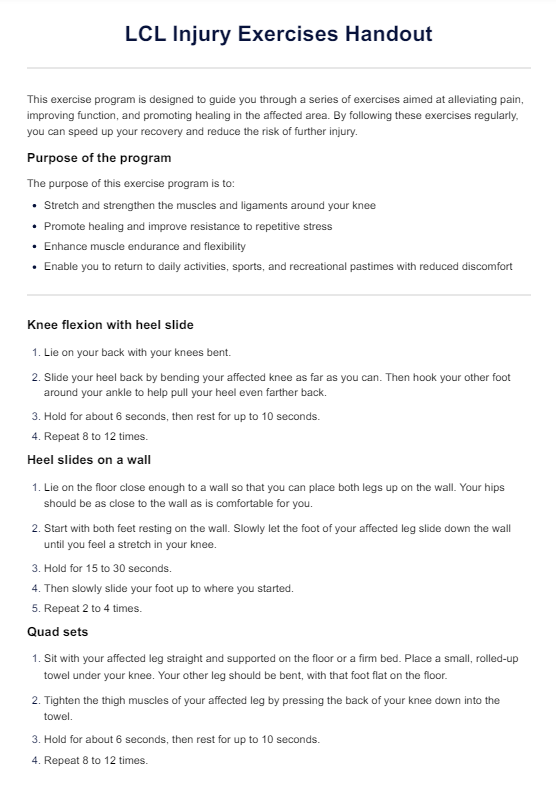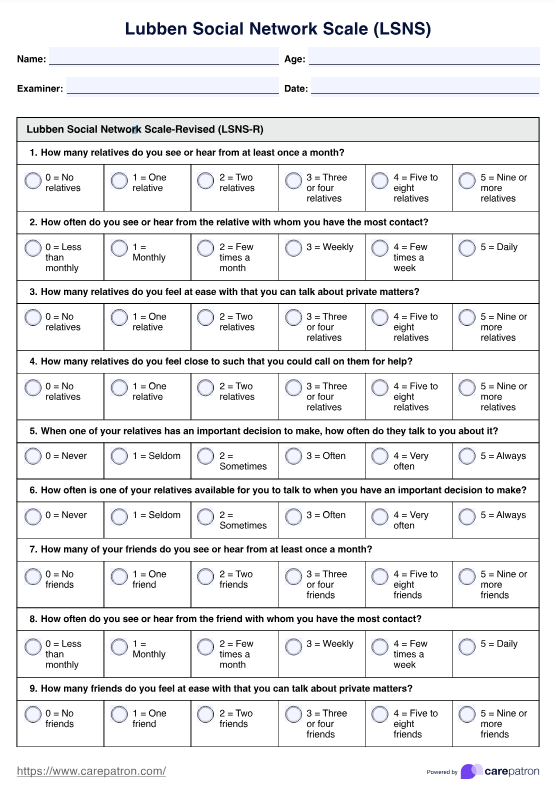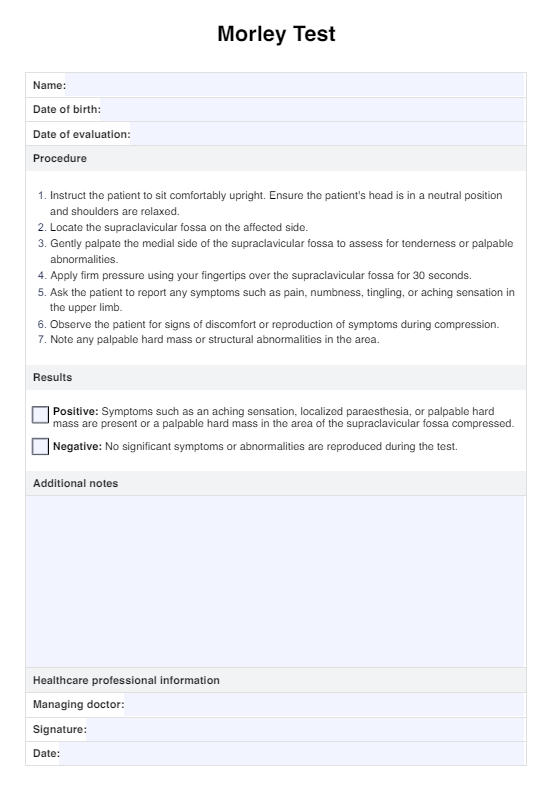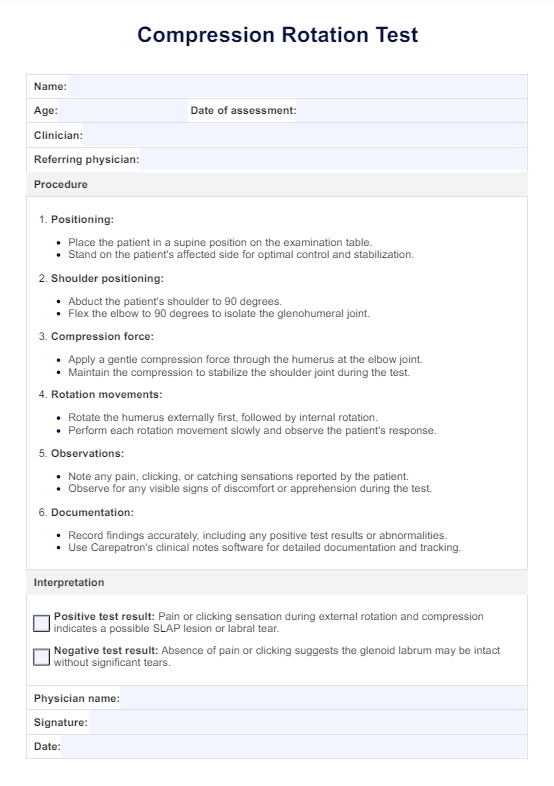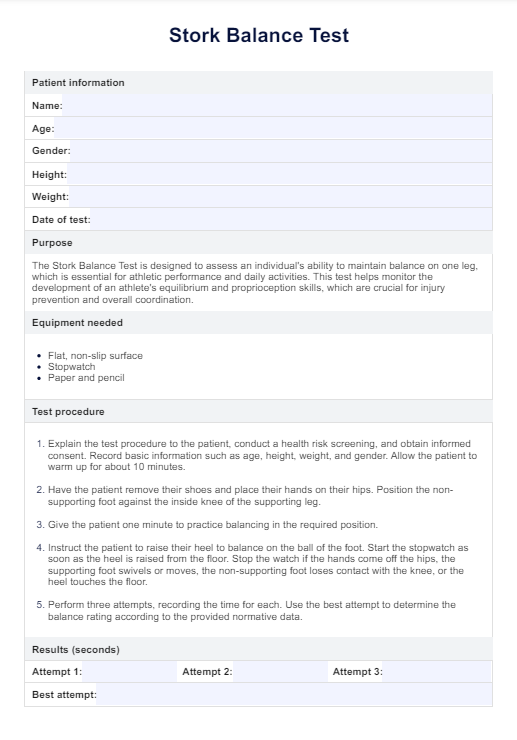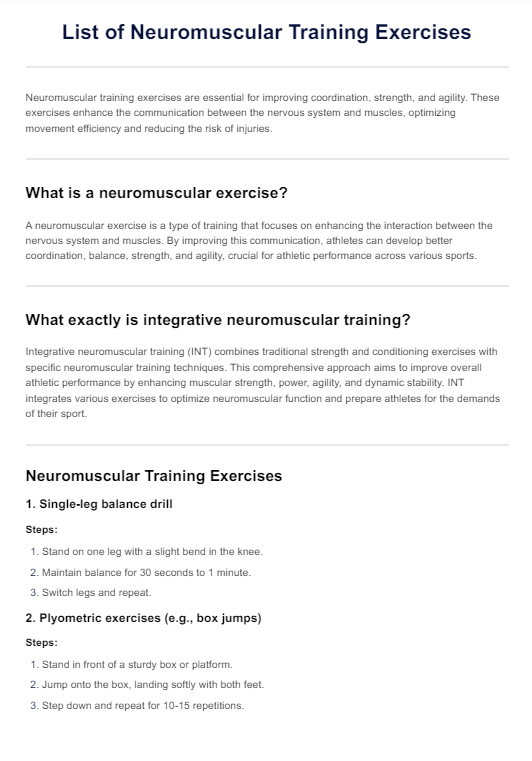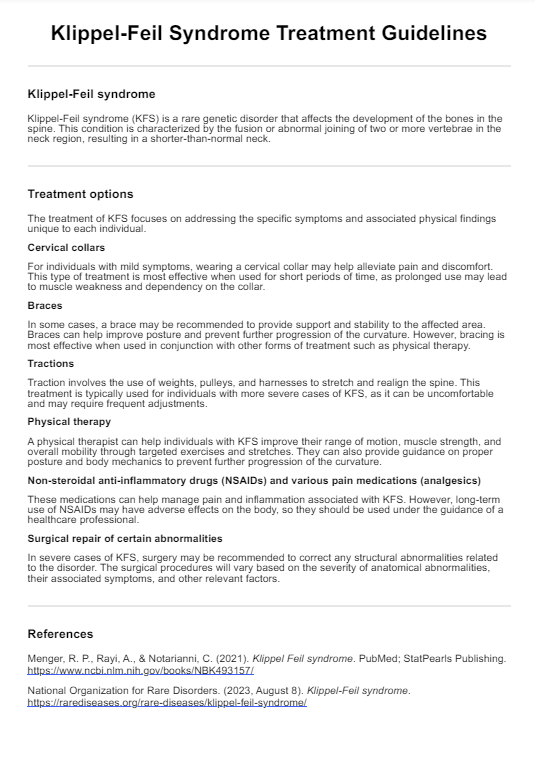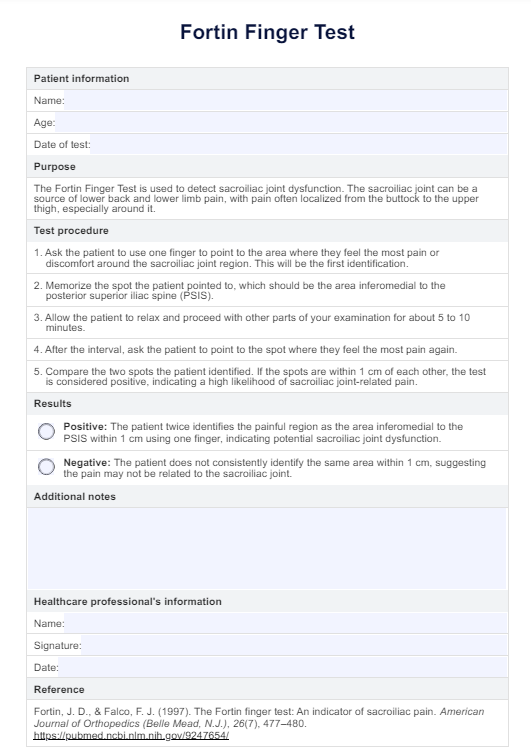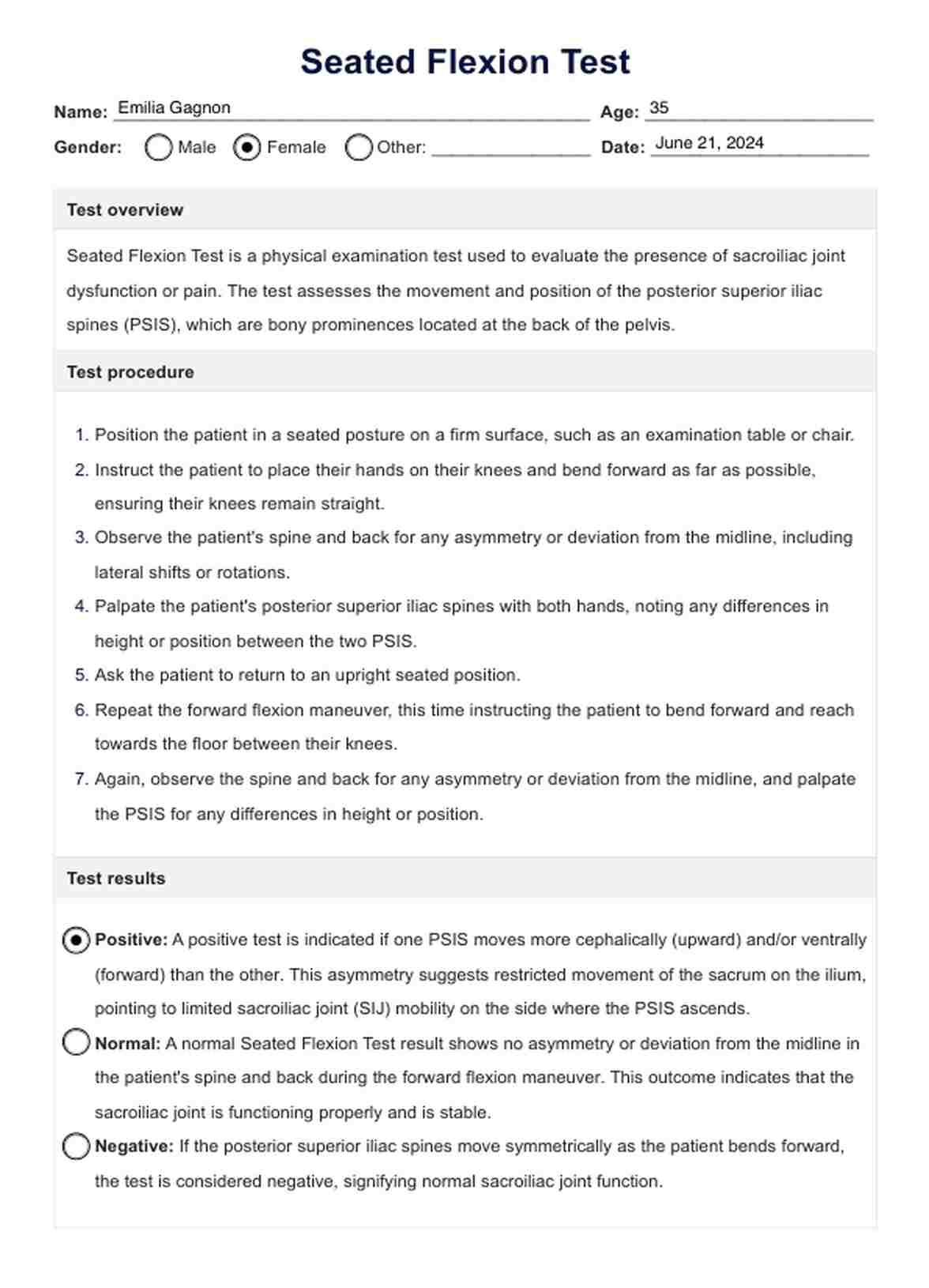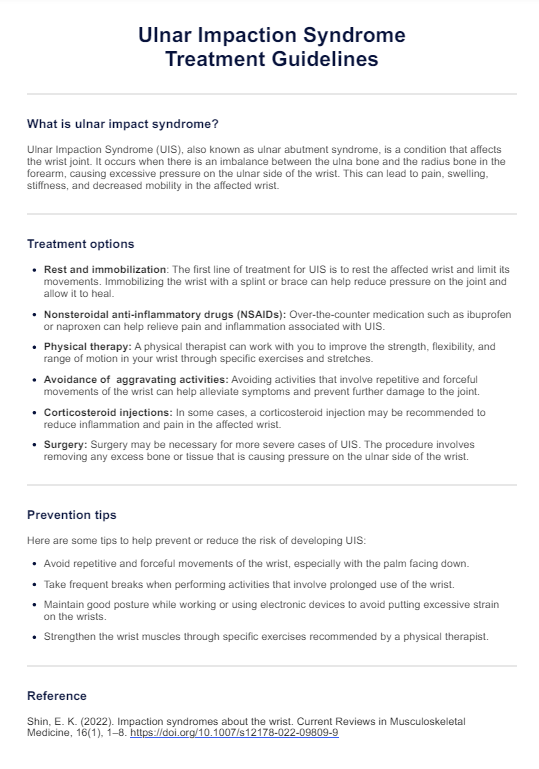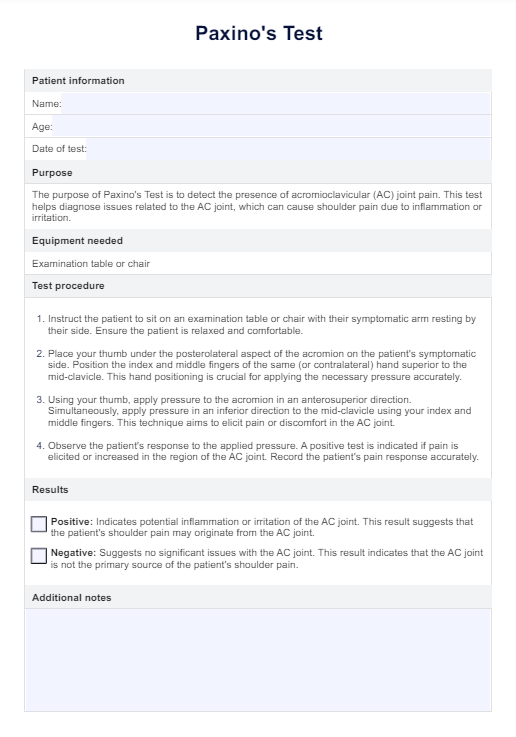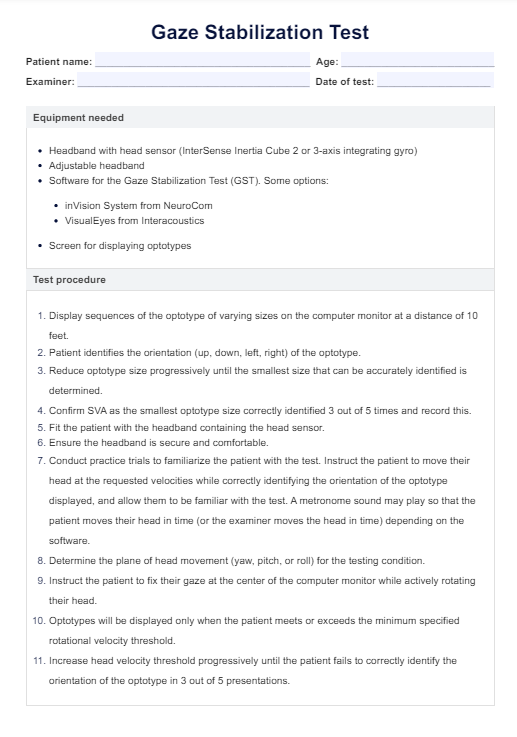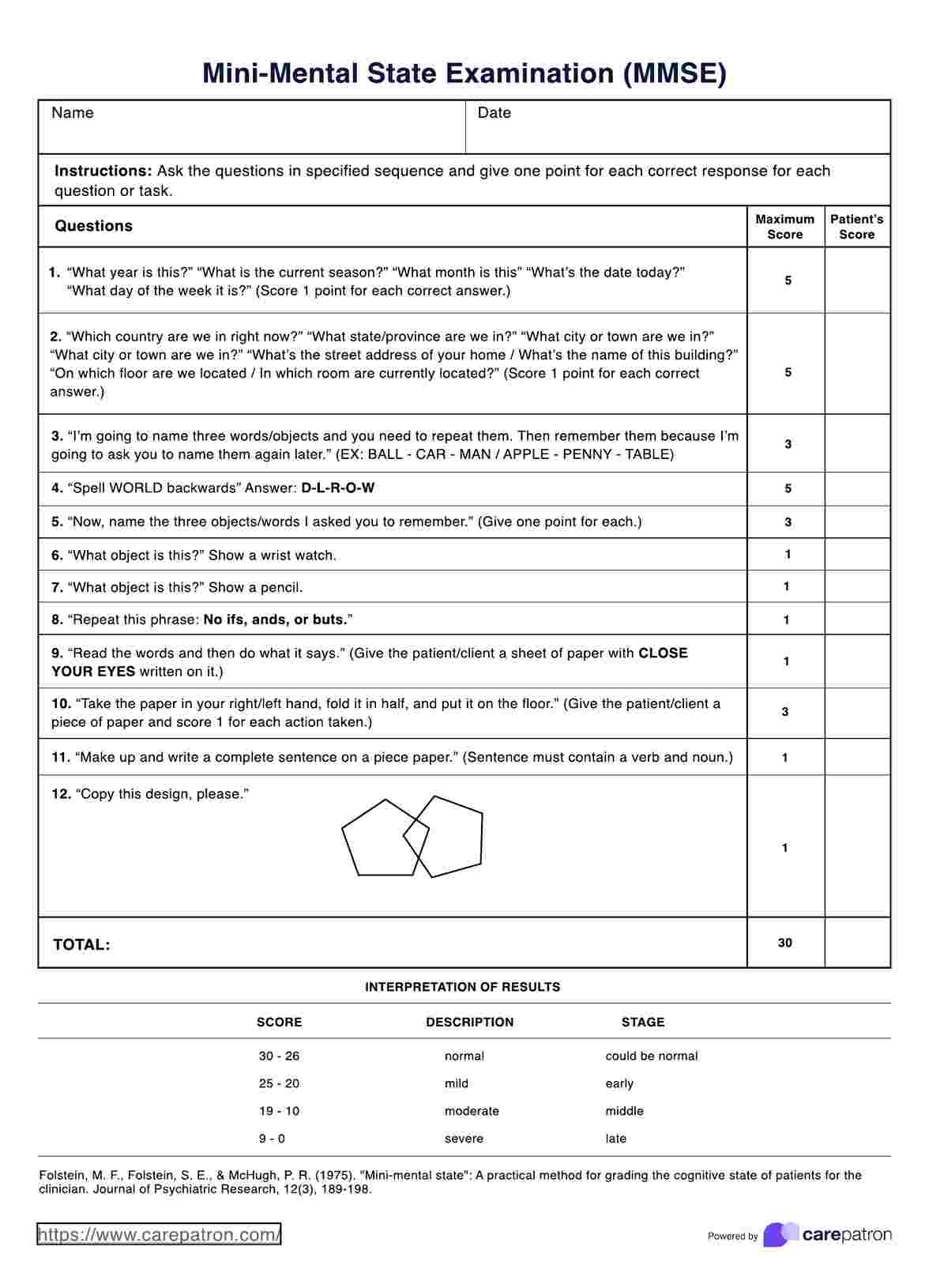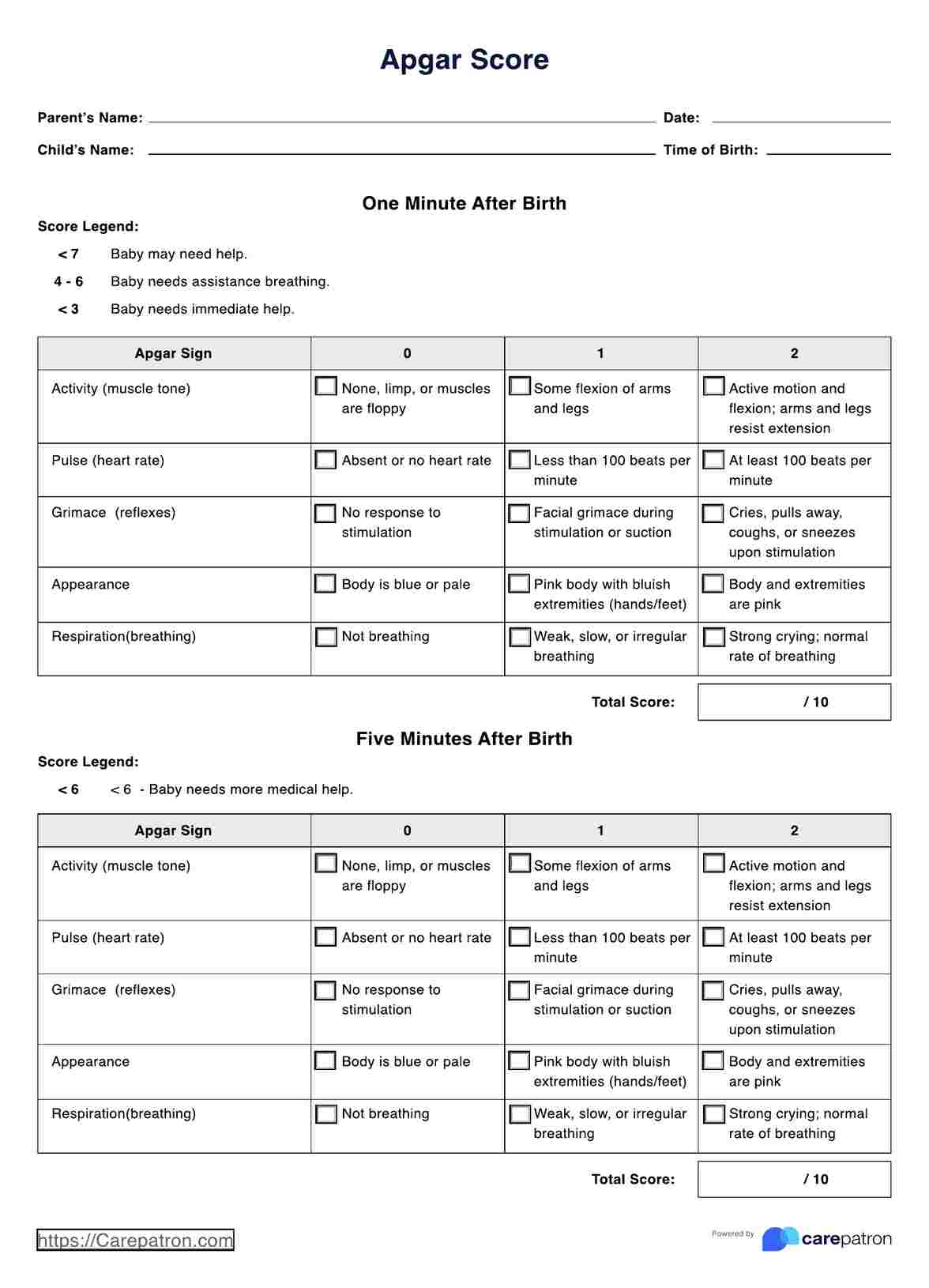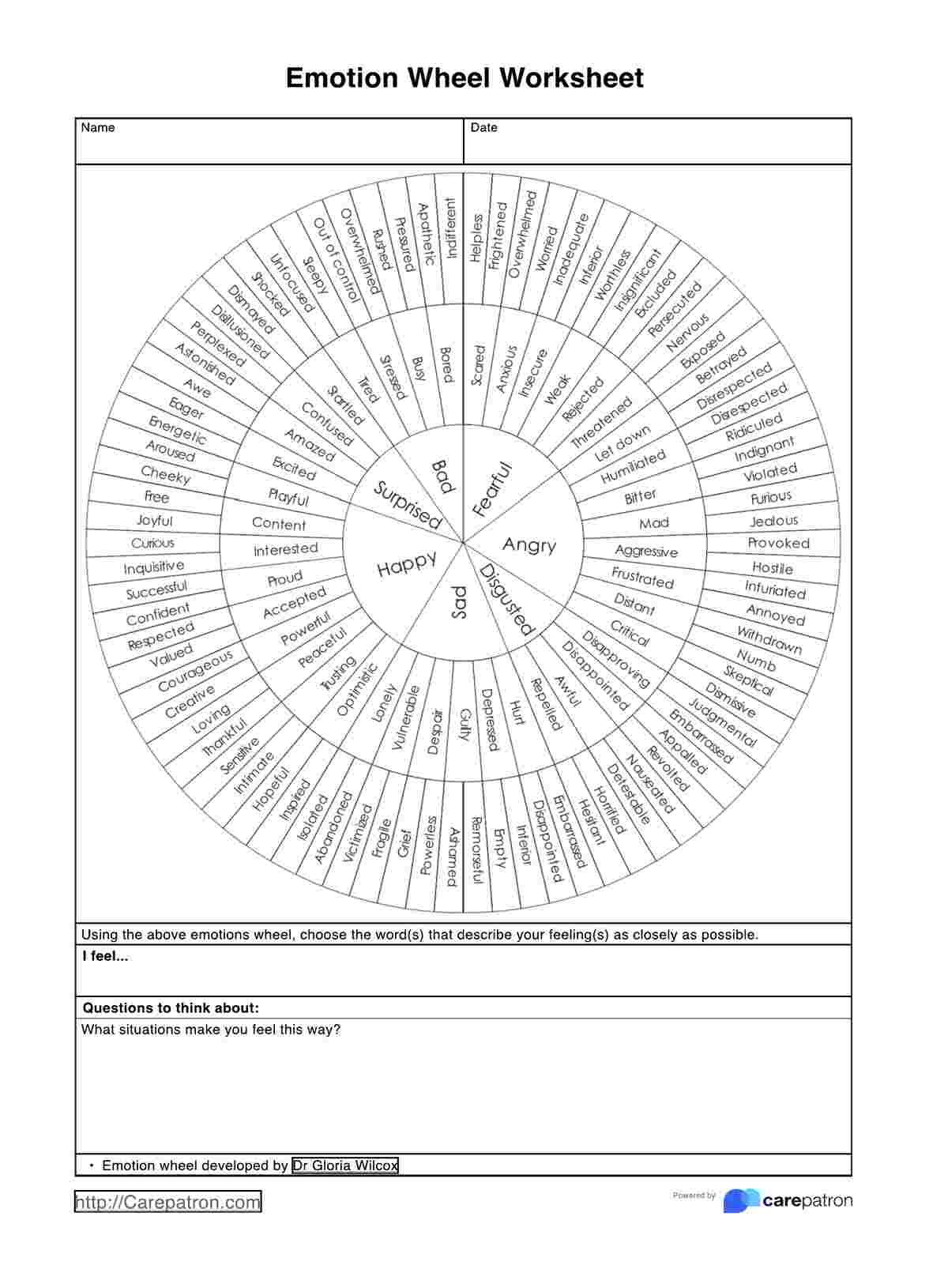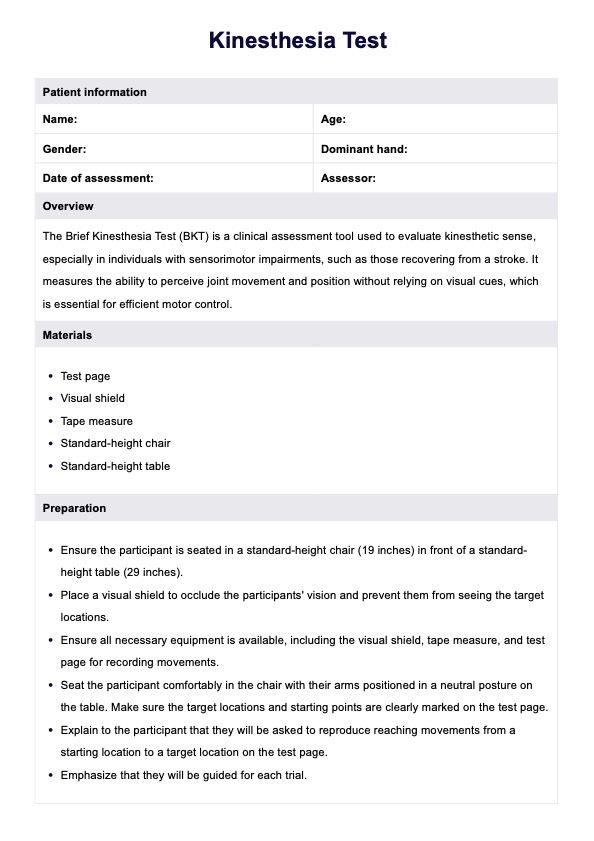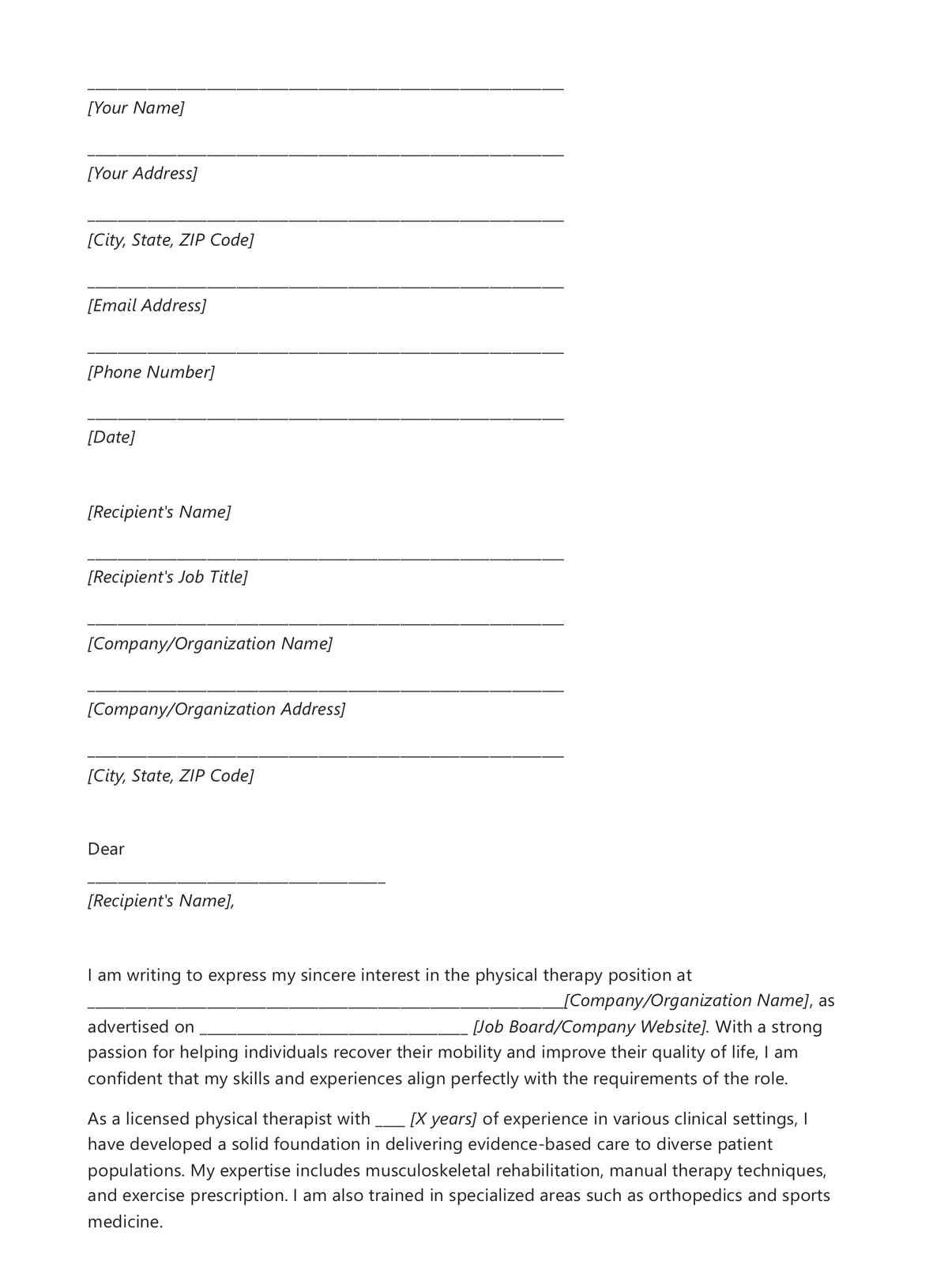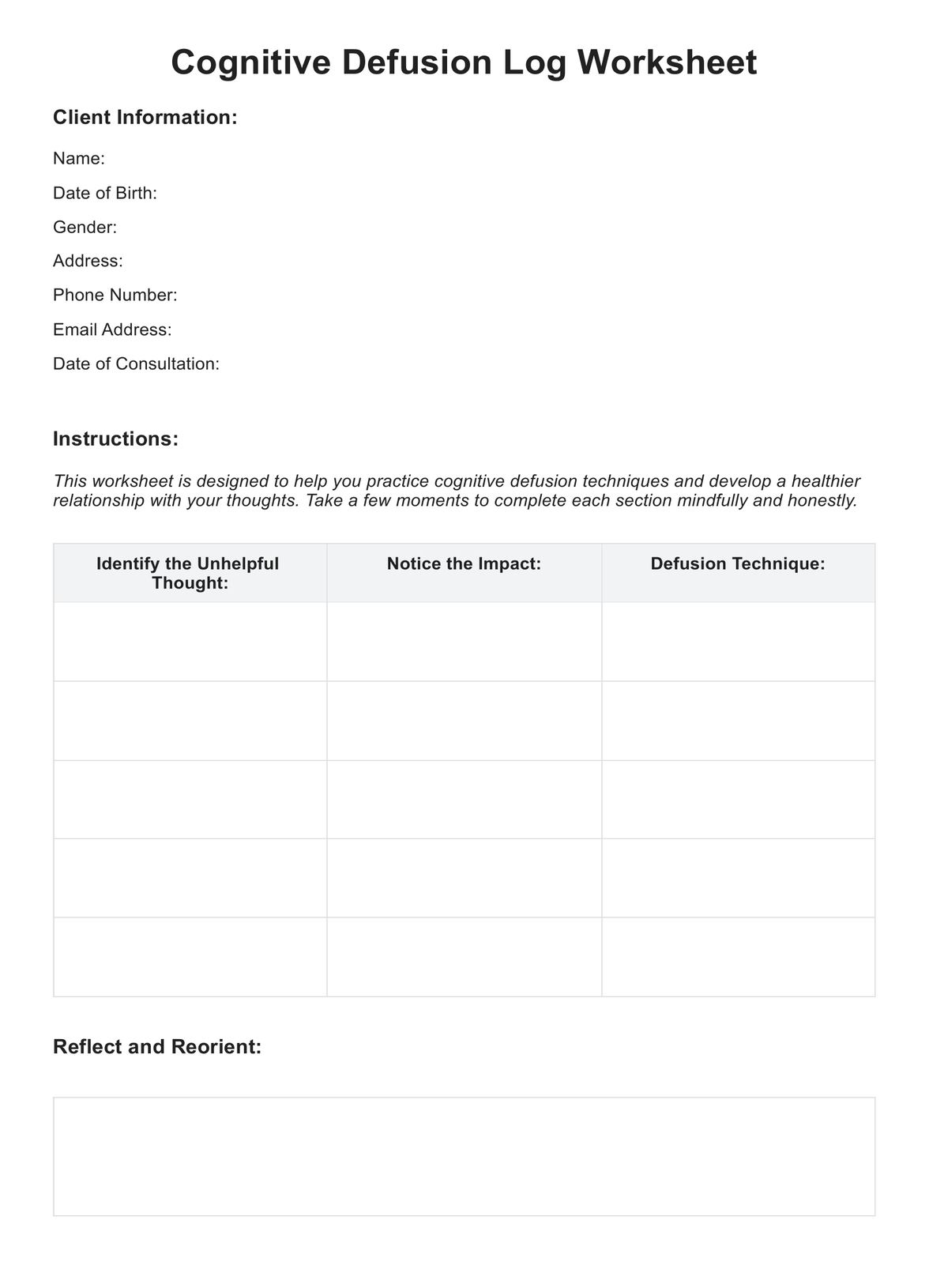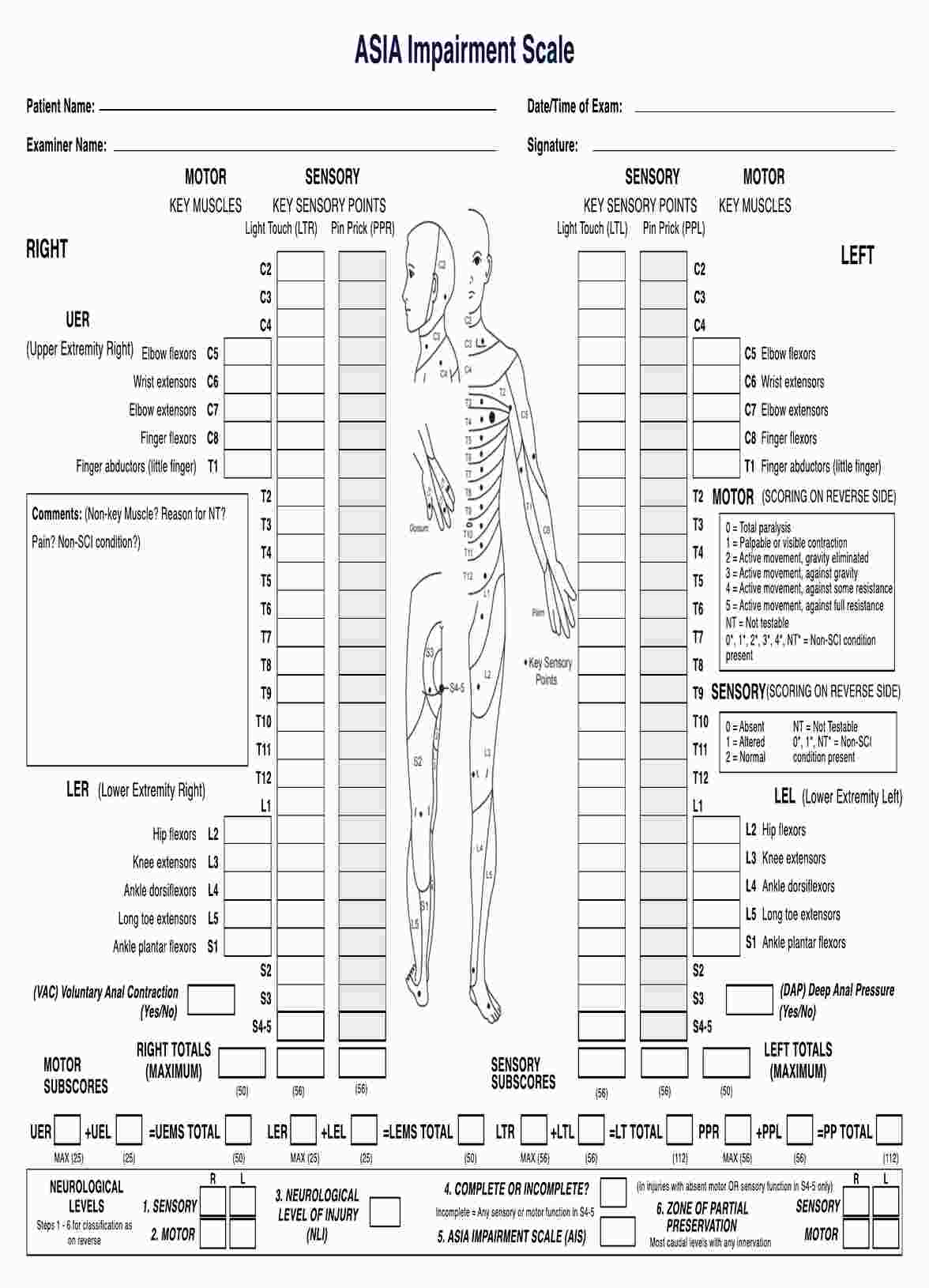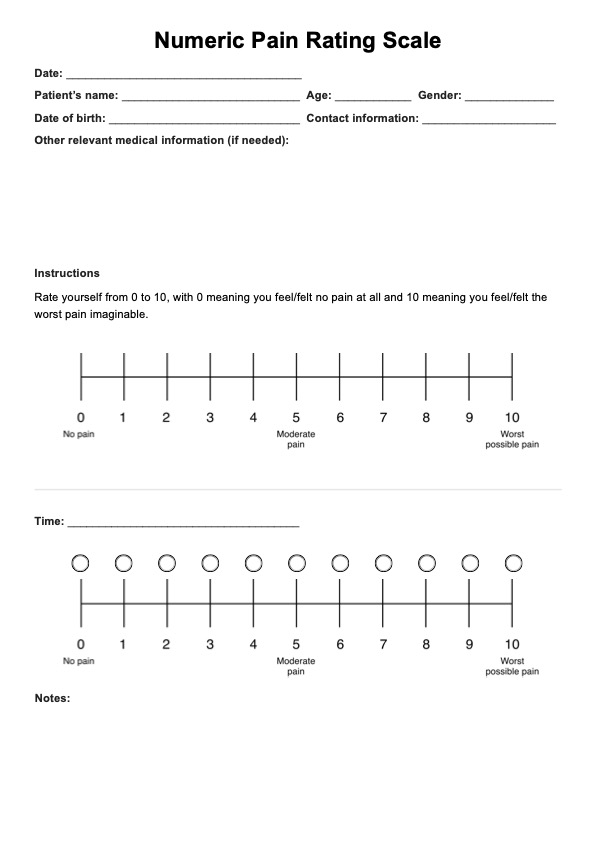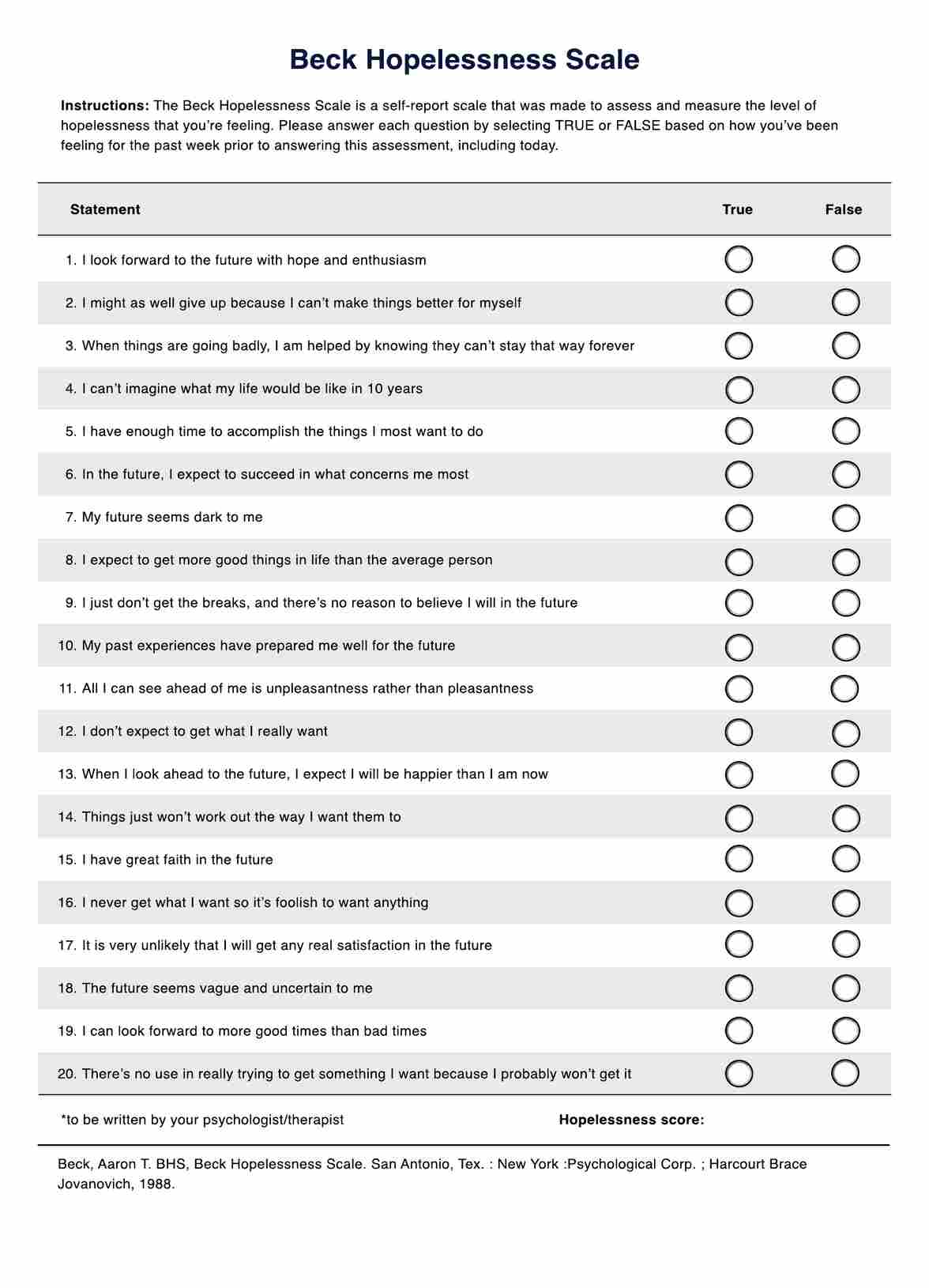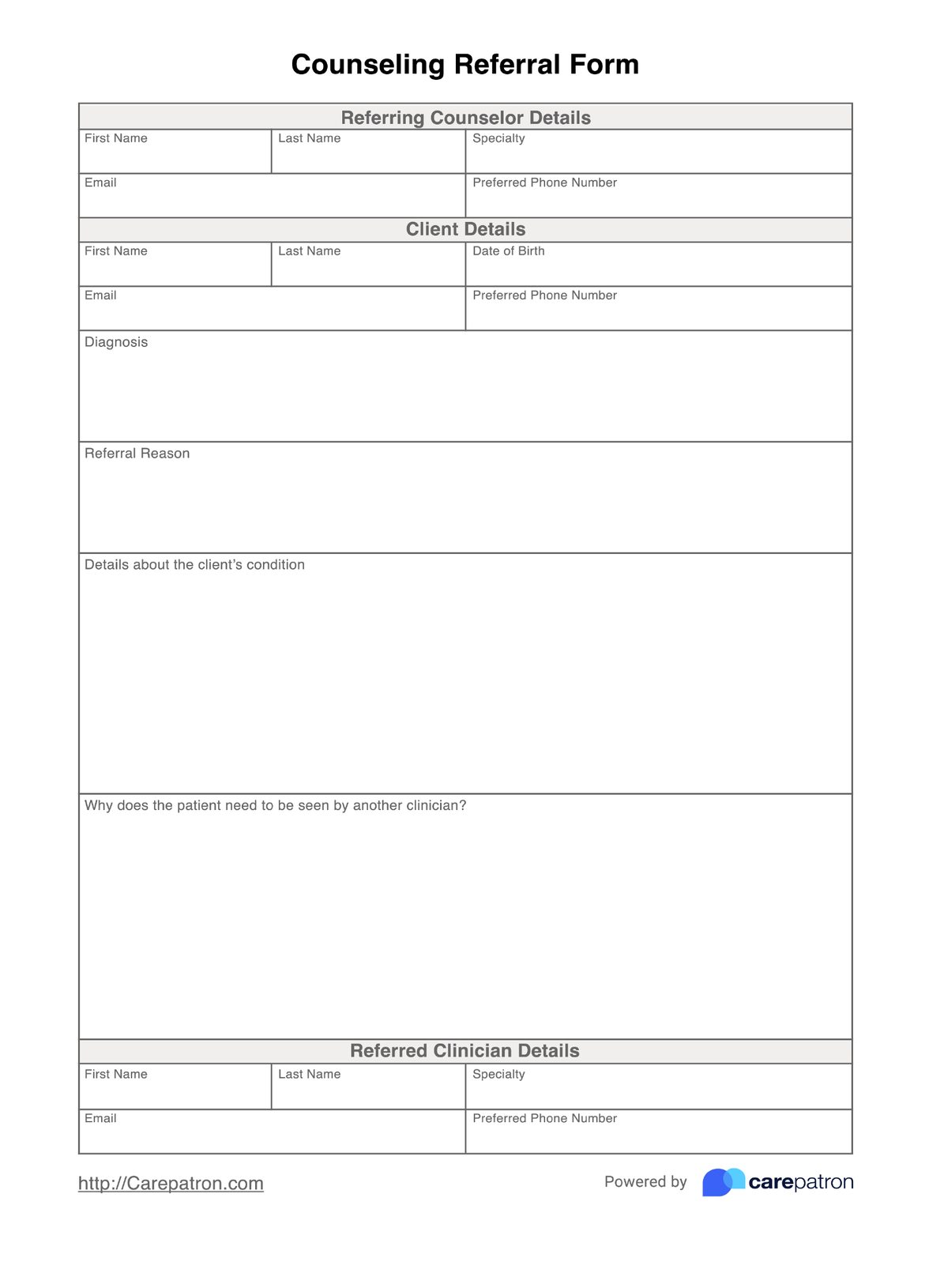Reflex
Streamline reflex testing with our comprehensive Reflex Test template. Easily document and interpret reflex assessments. Download in PDF format.


What is a Reflex Test?
A reflex test, a reflex examination, or reflex assessment, is a vital medical procedure that evaluates an individual's reflexes to assess their responsiveness and integrity. Reflexes, which encompass automatic and involuntary movements or responses triggered by specific stimuli, are crucial for maintaining the body's normal functioning and serve as valuable indicators for healthcare professionals to identify neurological issues and abnormalities.
Typically, this test involves a healthcare practitioner employing a modest rubber mallet to strike a targeted tendon or muscle gently. This action elicits a rapid and involuntary muscular contraction called a reflex. Frequently evaluated reflexes encompass the patellar (knee-jerk), biceps, and triceps reflexes.
The resources required for conducting it are relatively uncomplicated. These include a reflex hammer, a medical examination table or chair, and appropriate lighting conditions.
Reflex tests are indispensable for diagnosing and monitoring a spectrum of medical conditions. They are particularly instrumental in identifying neurological disorders like multiple sclerosis, spinal cord injuries, and nerve compression. Moreover, it can aid in detecting issues related to muscles and joints, such as tendonitis.
Furthermore, it is a valuable tool in emergency medicine, facilitating the rapid assessment of a patient's neurological status and responsiveness, especially in traumatic injuries or routine medical examinations.
Reflex Template
Reflex Example
How Does it Work?
Access the Form
Start by obtaining a printable reflex test form. This form is typically available online through healthcare websites or can be provided by a healthcare professional.
Print the Form
Download and print the form, ensuring it is on standard letter-sized paper for legibility and compatibility.
Patient Information
Fill in the patient's information, including their name, date of birth, and other relevant identification details. This helps in associating the test results with the correct individual.
Healthcare Provider Details
Enter the name and contact information of the healthcare provider or medical facility conducting the reflex test.
Test Date
Specify the date when the reflex test is being performed. This is essential for maintaining a record of when the test was conducted.
Reflex Assessment
The form will include a section for recording the results of the reflex assessment. Healthcare providers will document their observations, including the type of reflexes tested (e.g., patellar reflex, biceps reflex), the patient's response, and any abnormalities noted.
Scoring or Interpretation
Some forms may include a scoring system or space for healthcare providers to interpret the test results. This could involve grading the reflex responses or making clinical assessments based on the findings.
Patient Consent
Sometimes, the form may include a section for the patient to consent to the reflex test. This ensures that the patient is aware of and agrees to the procedure.
Signatures
Both the healthcare provider and the patient may be required to sign the form to acknowledge its completion and the test's accuracy.
Documentation and Storage
Once the form is filled out, it should be securely stored as part of the patient's medical records for future reference and analysis.
When Would you use this Test?
The Reflex Test Form is a resource primarily employed in specific clinical scenarios and by relevant practitioners to assess a patient's reflexes. Its usage is highly appropriate when:
- Evaluating Neurological Conditions: The form is extensively used by neurologists to diagnose and monitor neurological conditions. It is vital when assessing disorders like multiple sclerosis, stroke, or neuropathy, where abnormalities in reflexes can provide essential diagnostic clues.
- Assessing Spinal Cord Injuries: Neurosurgeons often employ this form when evaluating patients with spinal cord injuries, as it helps gauge the extent of damage and track changes in reflex responses over time.
- Orthopedic Diagnosis: Orthopedic specialists use the form to assess musculoskeletal problems such as tendonitis or ligament injuries. It is precious when patients present with joint pain or mobility issues.
- Emergencies and Trauma: The form is a critical tool for rapid assessment in emergency medicine. When evaluating trauma patients, it is essential to quickly gauge their neurological status after injuries to the brain or spine.
- Routine Physical Examinations: Primary care physicians use the form during regular check-ups to screen for neurological abnormalities. It provides a standardized approach for assessing reflexes and helps detect any underlying issues.
- Monitoring Rehabilitation: Rehabilitation specialists use the form to monitor patients' recovery from injuries, surgeries, or neurological conditions. It helps track improvements in reflexes and any persistent deficits.
- Clinical Research: In clinical research, the form is valuable for collecting data in neurological and musculoskeletal health studies. Researchers use it to record baseline reflex data and monitor changes over time.
- Legal and Forensic Cases: In legal and forensic contexts, the form can be employed as evidence to document a person's neurological status, especially in personal injury claims, accident reconstructions, and other legal investigations.
What do the Results Mean?
Interpreting the results of a reflex test is a crucial step in understanding a patient's neurological and musculoskeletal health. Common results can provide valuable insights, and here's what they typically mean:
- Normal Results: A normal reflex test indicates that the patient's nervous and musculoskeletal systems are functioning as expected. This assures the absence of immediate concerns regarding neurological or musculoskeletal health.
- Hyperreflexia: Hyperreflexia is characterized by exaggerated or overly responsive reflexes. This can indicate various conditions, including neurological disorders such as multiple sclerosis, spinal cord injuries, or brain lesions. It can also result from stimulants like caffeine or medications, so further evaluation is often required.
- Hypo- or Areflexia: Hypo- or areflexia refers to reduced or absent reflex responses. This can suggest issues with nerve conduction, nerve damage, or neuromuscular disorders. Conditions like peripheral neuropathy or spinal cord injuries can lead to diminished reflexes.
- Asymmetrical Responses: If reflex responses are significantly different on one side of the body compared to the other, it can indicate a localized neurological issue or damage. Asymmetry can be associated with conditions like stroke or nerve compression.
- Clonus: Clonus is a rhythmic muscle contraction triggered during reflex testing. It can indicate upper motor neuron damage or CNS lesions and is common in spinal cord injuries or cerebral palsy.
- Sustained Clonus: Sustained clonus is an extension of clonus where the muscle contractions continue for an extended period. This is concerning and may point to more severe neurological issues.
- Spreading Reflexes: Reflexes that extend to other muscle groups or limbs can suggest damage or abnormal neural pathways. This can be seen in amyotrophic lateral sclerosis (ALS) or other upper motor neuron disorders.
- Involuntary Movements: Involuntary movements or twitches during a reflex test may be unrelated to the reflex and could indicate motor disorders like essential tremors or Huntington's disease.
Research & Evidence
Reflex testing as a diagnostic tool has a long history, dating back to ancient medical practices. It has evolved over the centuries and gained significant scientific validation.
The concept of reflexes can be traced back to ancient Greece, where physicians like Galen and Hippocrates observed and described reflex responses. However, in the 19th century, scientific understanding of reflexes began to take shape. Sir Charles Bell and François Magendie contributed to understanding the nervous system and reflex arcs during this period.
The pioneering work of Sir Charles Sherrington, who won a Nobel Prize in 1932, significantly advanced the understanding of reflexes. His research laid the foundation for modern knowledge of the central nervous system's role in reflex responses.
In the late 19th and early 20th centuries, reflex hammers were developed to standardize the examination of reflexes. Prominent neurologists like Wilhelm Erb and J. Babinski contributed to this field, leading to the widespread use of these instruments in clinical practice.
Modern research has continued to validate the utility of reflex tests. Studies have provided evidence of their effectiveness in diagnosing and monitoring neurological and musculoskeletal conditions. For example, reflex testing is widely used in diagnosing neuromuscular diseases like amyotrophic lateral sclerosis (ALS) and assessing the severity of spinal cord injuries.
The integration of technology, such as electromyography (EMG) and nerve conduction studies, has further enhanced the accuracy and objectivity of reflex testing. These technologies allow for precise measurement and recording of reflex responses.
Reflex testing is included in clinical guidelines for neurological examinations. Professional medical organizations and textbooks emphasize the importance of reflex assessments in diagnosing conditions like Parkinson's disease, stroke, and nerve compression syndromes.
References
- Diagnostic Laboratory Services, Inc. (2023, August 8). Reflex Testing | Diagnostic Laboratory Services, Inc. https://dlslab.com/physicians/physician-notice/reflex-testing/
- Lees, A. J., & Hurwitz, B. (2019). Testing the reflexes. BMJ. https://doi.org/10.1136/bmj.l4830
- Ms, S. G. R. (2022). How to Test Reflexes: 14 Steps (with Pictures) - wikiHow. wikiHow. https://www.wikihow.com/Test-Reflexes
- Newman, G. (2023, September 29). How to assess reflexes. MSD Manual Professional Edition. https://www.msdmanuals.com/professional/neurologic-disorders/neurologic-examination/how-to-assess-reflexes
- Physiotutors. (2016, October 28). The Babinski sign or reflex | Upper motor neuron lesion [Video]. YouTube. https://www.youtube.com/watch?v=iV_a2WSbdM8
- The Editors of Encyclopaedia Britannica. (1998, July 20). Knee-jerk reflex | Muscle contraction, Nerve Impulses, Reflex Arc. Encyclopedia Britannica. https://www.britannica.com/science/knee-jerk-reflex
- Walker, H. K. (1990). Deep tendon reflexes. Clinical Methods - NCBI Bookshelf. https://www.ncbi.nlm.nih.gov/books/NBK396/
Commonly asked questions
Healthcare professionals, including neurologists, orthopedic specialists, and emergency medicine physicians, typically request reflex tests to assess neurological and musculoskeletal health.
Reflex tests are used when evaluating patients with suspected neurological disorders, spinal cord injuries, and musculoskeletal issues and in emergency medicine to assess traumatic injuries.
A healthcare provider uses a reflex hammer to tap specific tendons or muscles, triggering involuntary reflex responses. The responses are then observed and recorded on a Reflex Test Form.
A reflex test is usually quick and can be completed within a few minutes, making it a convenient and non-invasive diagnostic tool.


